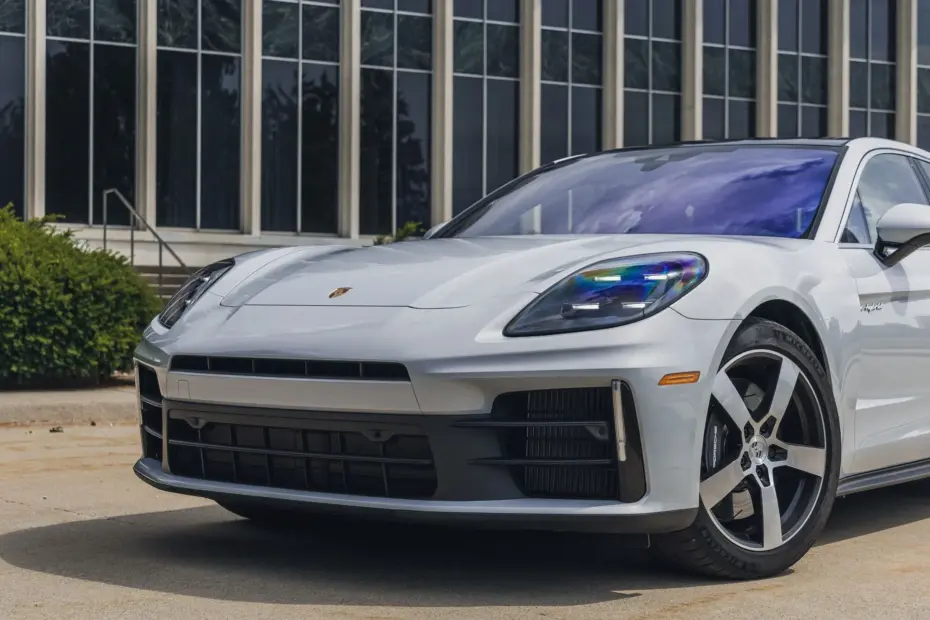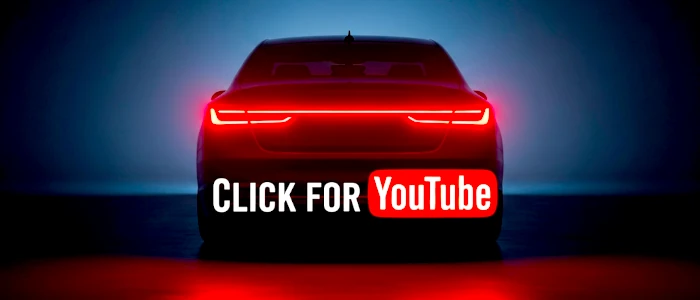The Porsche Panamera 4 E‑Hybrid 2025 isn’t here to play around. It combines a twin-turbo V6 with a more powerful electric motor, a larger battery, and an active suspension that looks like gaming trickery. It’s the Gran Turismo that wants everything: insane comfort and razor-sharp precision. Let’s get to the point, no fluff.
What’s new in the Panamera 4 E‑Hybrid 2025 and why does it matter?
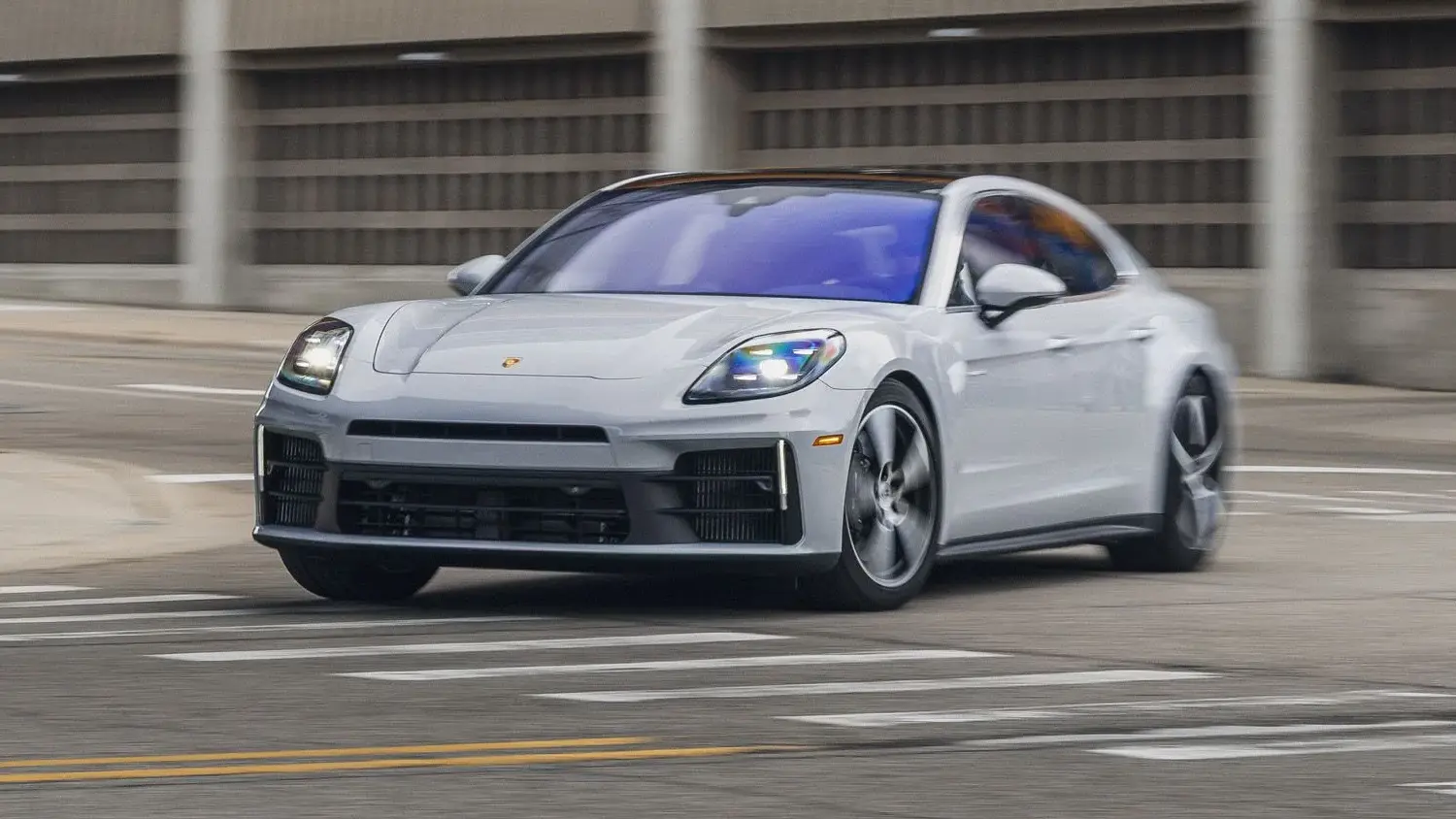
Now the hybrid system produces more power, the gross battery capacity has increased to 25.9 kWh (21.8 kWh usable), and the electronics better integrate the electric boost with the 8-speed PDK. The result? More aggressive yet smooth acceleration at the same time, plus useful electric range for daily driving. Honestly, it’s fully loaded.
Another upgrade is the optional Active Ride suspension, an active body control system that eliminates body roll and manages dive/squat as if by magic. This package positions the Panamera somewhere between luxury and performance without the dreaded “compromise.” And yes, this aligns with the brand’s electrification strategy seen in the next-generation Macan, focusing on efficiency and immediate response.
How does the hybrid powertrain work and what’s the performance?
The setup combines a 2.9-liter twin-turbo V6 (around 300 hp) with a 140 kW (187 hp) electric motor and 450 Nm (332 lb-ft), integrated with an 8-speed PDK. Total output is 463 hp and 650 Nm (479 lb-ft), with all-wheel drive. The 25.9 kWh battery enables consistent E-Boost in Sport/Sport Plus modes and AC recharges at 11 kW in about 3.3 hours. Official details are on the Panamera page.
Numbers? 0–60 mph in between 3.6 and 3.9 seconds (with Sport Chrono), 0–100 km/h in 4.1 seconds, and top speed of 280 km/h (174 mph). In real-world driving, electric torque cancels out turbo lag, and the PDK shifts almost surgically. Independent tests confirm these times and effortless pulling power, as seen in Car and Driver coverage.
Is the Active Ride suspension hype or a real game-changer?
The Active Ride option (around $7,150) replaces stabilizer bars with hydraulic electric pistons in each shock absorber, utilizing the 400 V electrical system. Honestly: the body stays flat in corners, the car “gives” or “lifts” on command, and it even leans slightly inward for comfort. Independent reviews describe an extraordinary level of mass control without turning into a stone. Edmunds highlights the unusual balance between luxury and agility.
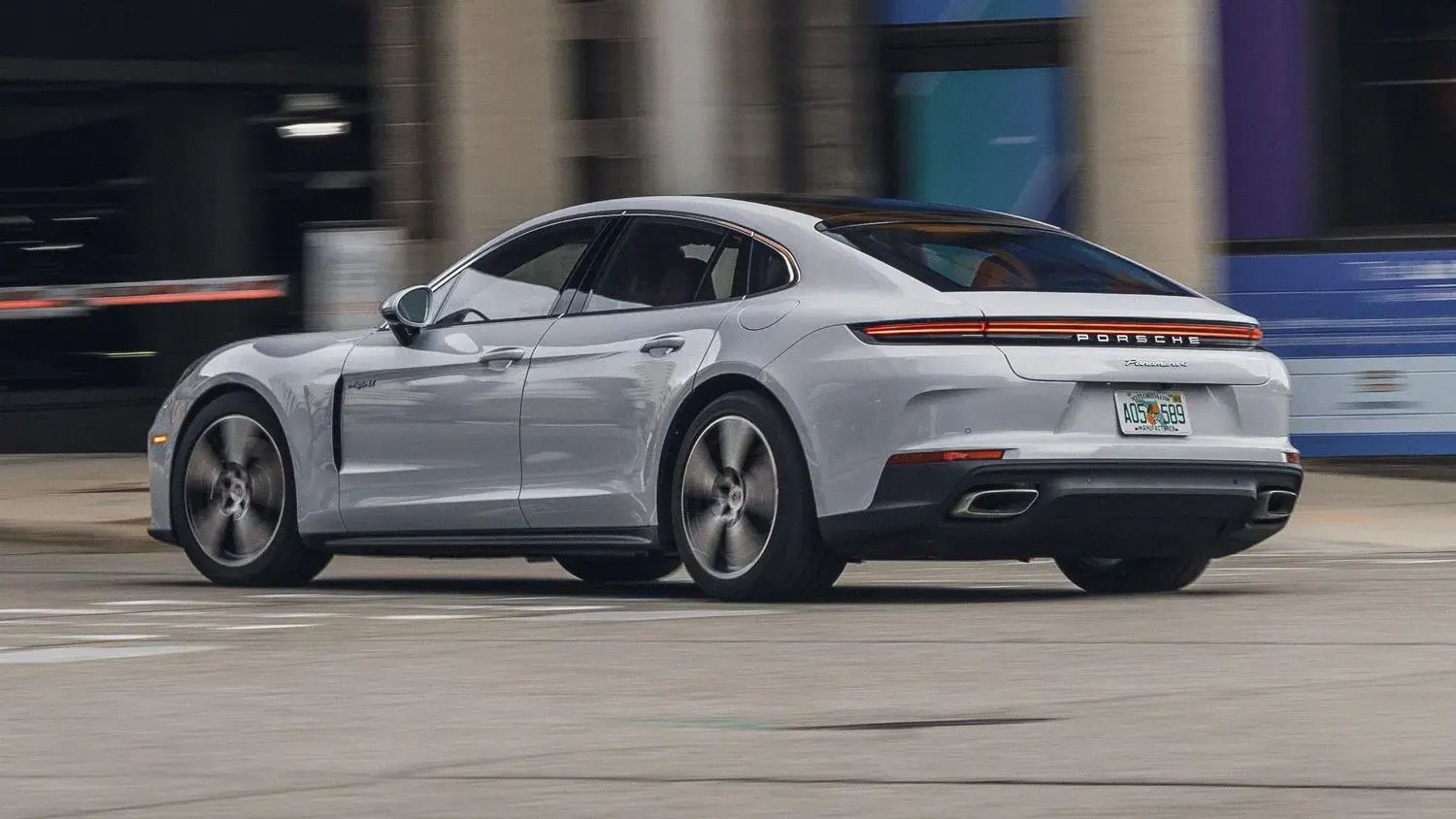
This changes the game for those who always thought “luxury ride” meant body roll and “body float.” Here, the wheels absorb road imperfections and the body remains composed. And when you want sporty driving, the car becomes a scalpel. This kind of engineering separates a serious Gran Turismo from just some big sedan—see how performance hybrid philosophy also drives models like the McLaren Artura.
Interior and tech: digital cockpit without losing buttons?
The “Porsche Driver Experience” features a curved 12.6” digital instrument panel, a 12.3” multimedia touchscreen, and an optional 10.9” passenger display. It integrates native apps and keeps essential functions on physical buttons (climate & volume). Smart move: adjusting temperature without digging through menus is the minimum for quick drivers. No fuss.
Wireless Apple CarPlay and Android Auto, inductive charging, and audio options ranging from a simple system to a premium Burmester concert setup. The design exudes a premium, sporty vibe. It’s the same “less fluff, more substance” ethos seen in practical vehicles like the Mercedes CLA Shooting Brake 2026 — modern digital, no loss of usability.
Fuel efficiency, range, and charging: numbers that matter
With 21.8 kWh usable capacity, expect around 28 miles (45 km) of realistic urban electric driving, and up to 53–60 miles (85–96 km) in more favorable cycles. The combined efficiency reaches up to 55 MPGe on standardized tests, and the AC recharge at 11 kW takes about 3.3 hours. For a 2,275-pound (1030 kg) sedan with 463 hp, that’s impressive as hell.
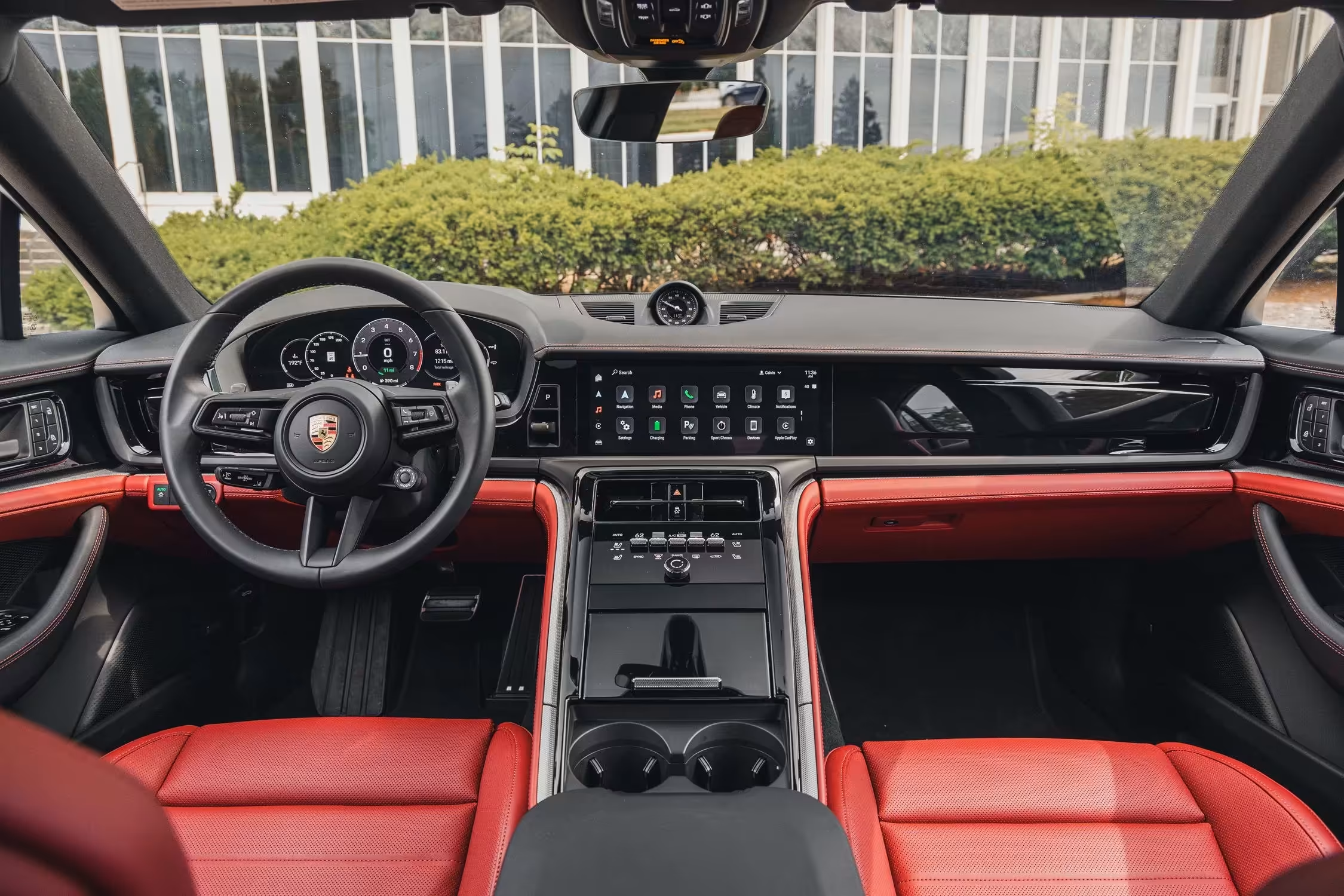
If achieving 100% electric range in daily use is a priority, a full EV rival might be better. Big, efficient electric sedans like the Audi A6 e‑tron/S6 e‑tron focus entirely on range and efficiency for trips. The Panamera 4 E‑Hybrid shines in the “all-in-one” package: EV for city commutes, a brute hybrid when you press the gas.
Price, rivals, and trims: is it worth paying for the Porsche package?
Starting at around $115,500, easily climbing above $130,000 with options (Active Ride, rear steering, interior upgrades, sound system, wheels). Is that money? Absolutely. But it also delivers super-sedan acceleration, otherworldly suspension, and a cockpit designed for drivers, not just show-offs.
Plug-in hybrid rivals offer more “instant” power but fall short on timing. The BMW 750e xDrive (~483 hp) hits 60 mph in about 4.6 seconds; the Mercedes S 580e (~503 hp) does so in roughly 4.8 seconds. Porsche, with “just” 463 hp, achieves 0–60 mph in 3.6–3.9 seconds. Horsepower marketing looks good but zero-to-60 mph times tell the real story.
Want even more? The E-Hybrid lineup extends into levels with twin-turbo V8s and wild numbers. For those flirting with purebred GTs, the luxury and curb presence debates bump into icons like the Aston Martin Vanquish Volante, but honestly, in challenging curves and bad roads, the Panamera leaves many sports cars in the dust.
Quick engineering highlights
- 463 hp and 650 Nm combined
- Battery 25.9 kWh (21.8 kWh usable)
- 0–60 mph in 3.6–3.9 s
- Active Ride with flat body
- PDK 8-speed with integrated electric motor
- AC 11 kW: ~3.3 hours to 100%
- All-wheel drive, 8 speeds
- Top speed 174 mph (280 km/h)
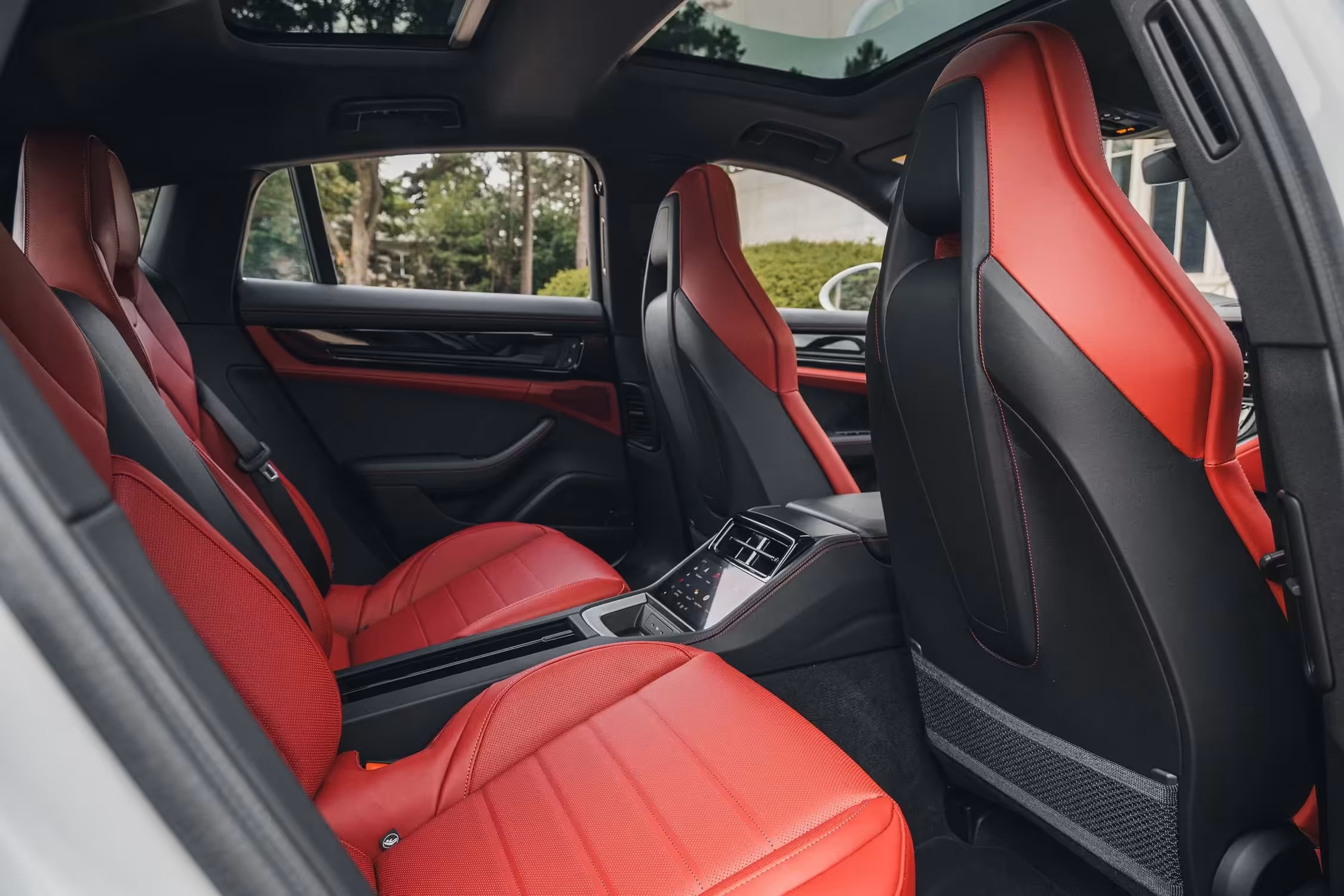
Direct comparison: numbers that settle the debate
- Panamera 4 E‑Hybrid: 463 hp, 3.6–3.9 s
- BMW 750e xDrive: 483 hp, ~4.6 s
- Mercedes S 580e: 503 hp, ~4.8 s
- Electric range (PHEV): ~28 miles / 45 km
- Combined efficiency: up to 55 MPGe
Quick and honest FAQ
- Is Active Ride worth the money? If you enjoy spirited driving without sacrificing ridiculous comfort, yes. It’s the feature that makes the car feel like magic.
- Can I use it as an EV daily? Yes, for short trips. On longer drives, the hybrid kicks in, and fuel consumption adjusts based on your driving style.
- Is the interior truly luxurious? It’s premium and flawless, but more “sporty and functional” than flashy. Porsche prioritizes engineering over exhibitionism.
- How much do key options cost? Active Ride ~$7,150; rear steering ~$1,350; premium leather ~$4,330; Bose sound system ~$1,600.
- Is there decent space and trunk capacity? Four seats with real comfort and up to 45 cubic feet (1,263 liters) with seats folded. A GT for full-size families.
Dimensional and brake specs? Length 198.7 inches (5,052 mm); wheelbase 116.1 inches (2,950 mm); curb weight 5,020 pounds (2,275 kg); front discs 15.4 inches (392 mm), rear discs 14.4 inches (365 mm); 70–0 mph stopping distance ~152 feet (46 meters); skidpad around 0.96 g. More specs and technical updates can be found on Porsche’s website and in comparison tests.
My take? The Panamera 4 E‑Hybrid 2025 solves that annoying dilemma: either comfortable or sharp. With Active Ride, it’s downright obscene. The price tag is steep, and options can make you groan lightly, but the performance is real. If you want showy luxury, maybe pick another badge; if you desire a sedan that outperforms many sports cars in curves, you’ll smile—hell, you’ll laugh.
Liked it or missed something? Leave a comment: would you go for the Panamera 4 E‑Hybrid or bet on a high-range full EV? And which optional feature would you never give up?
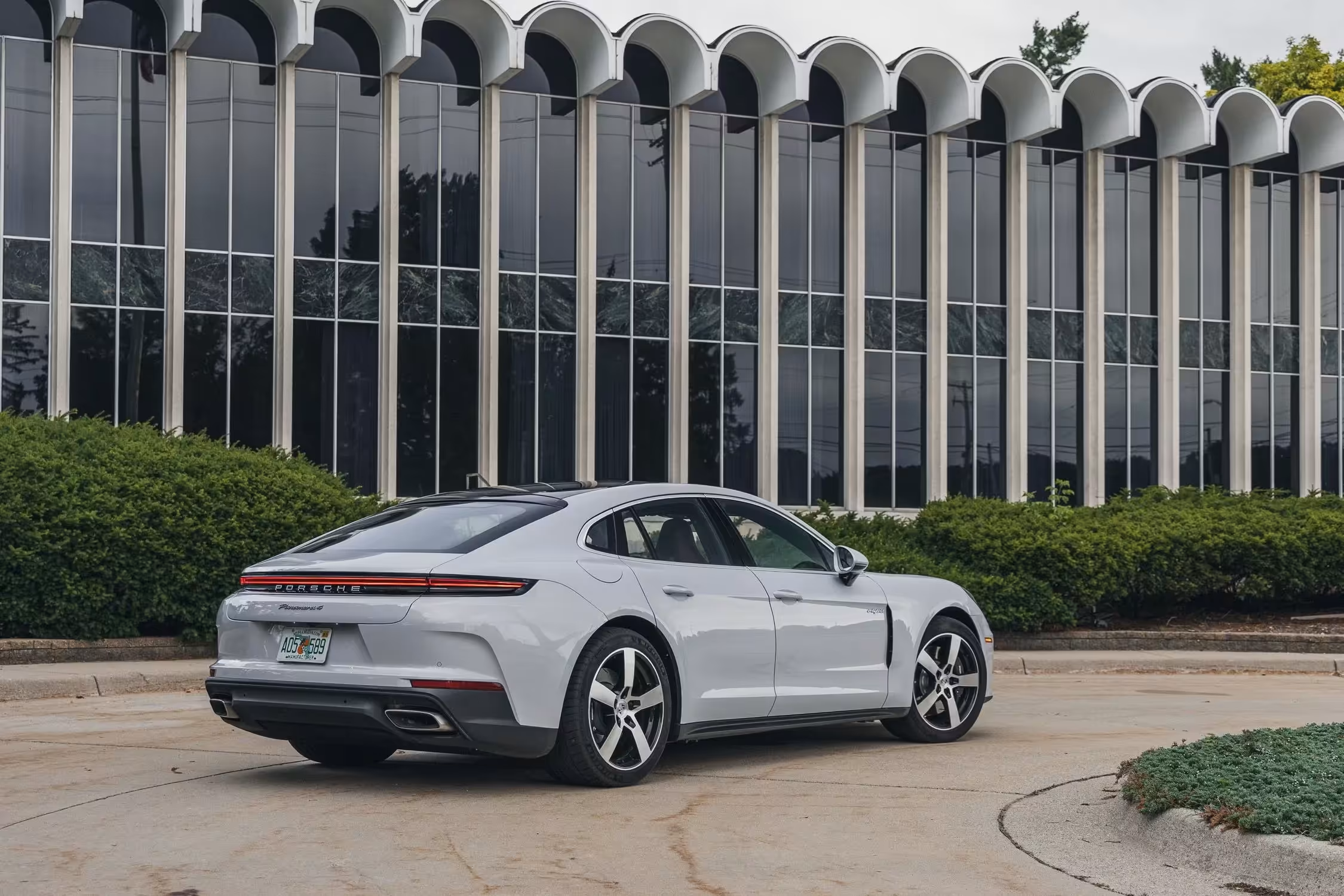
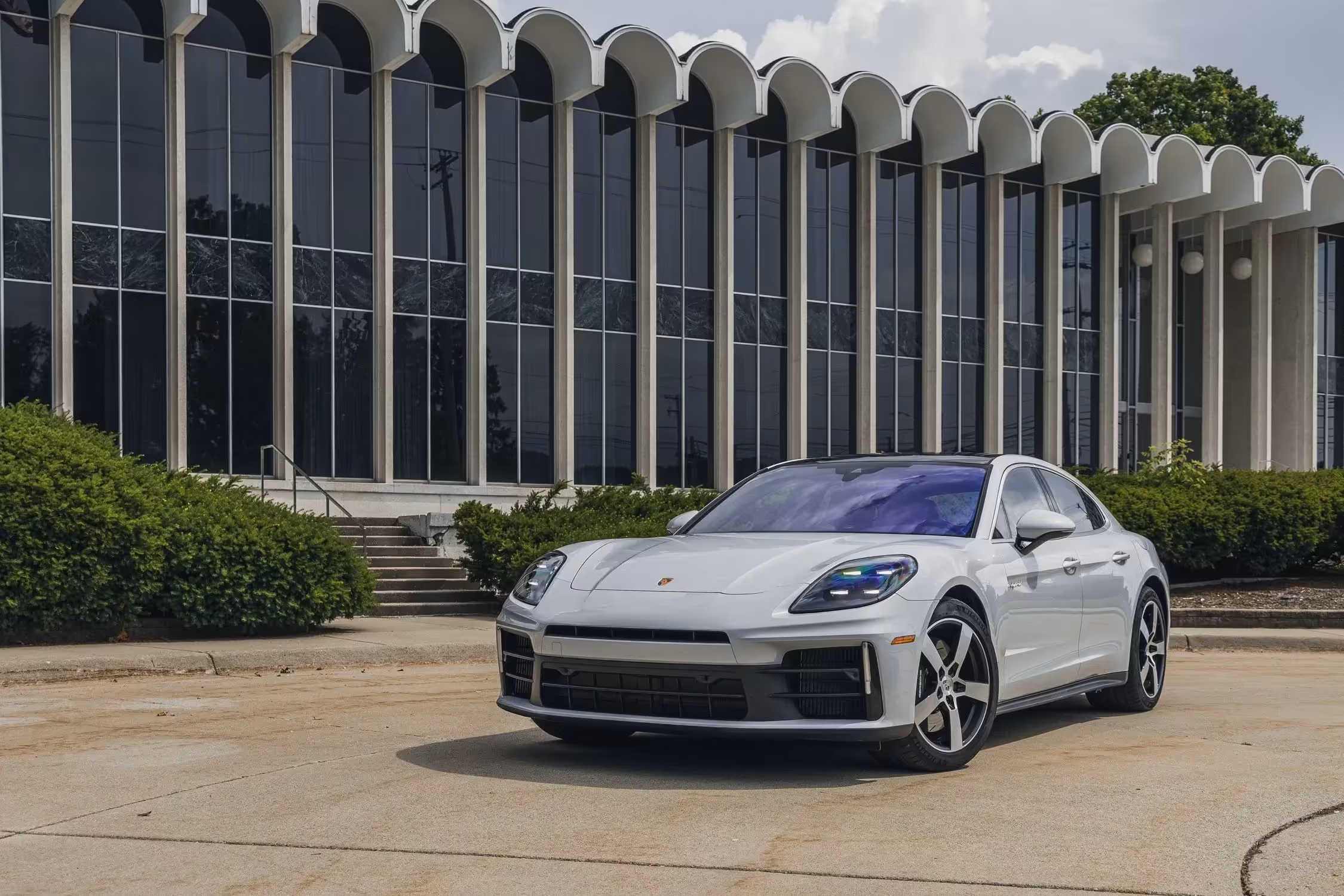
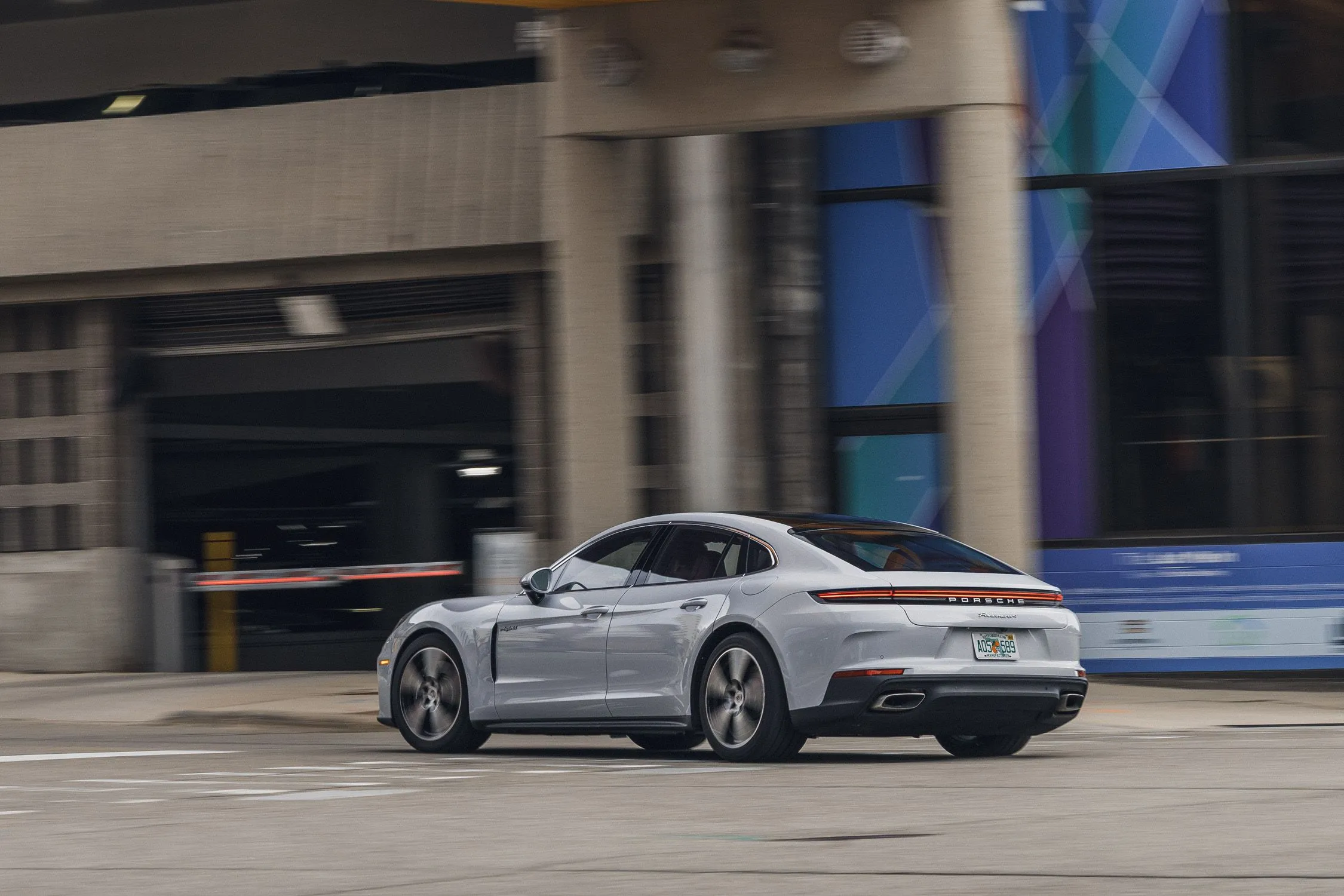
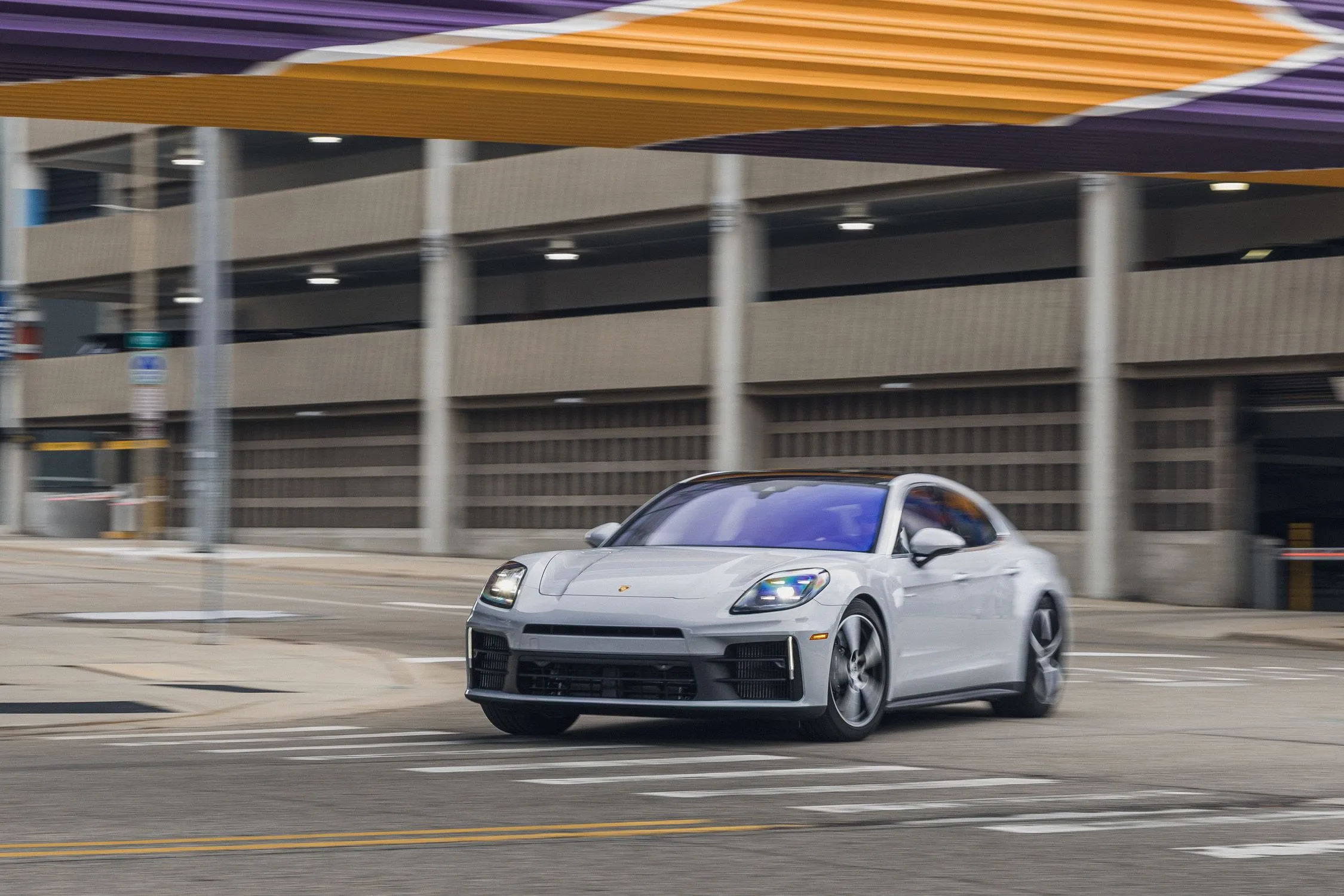
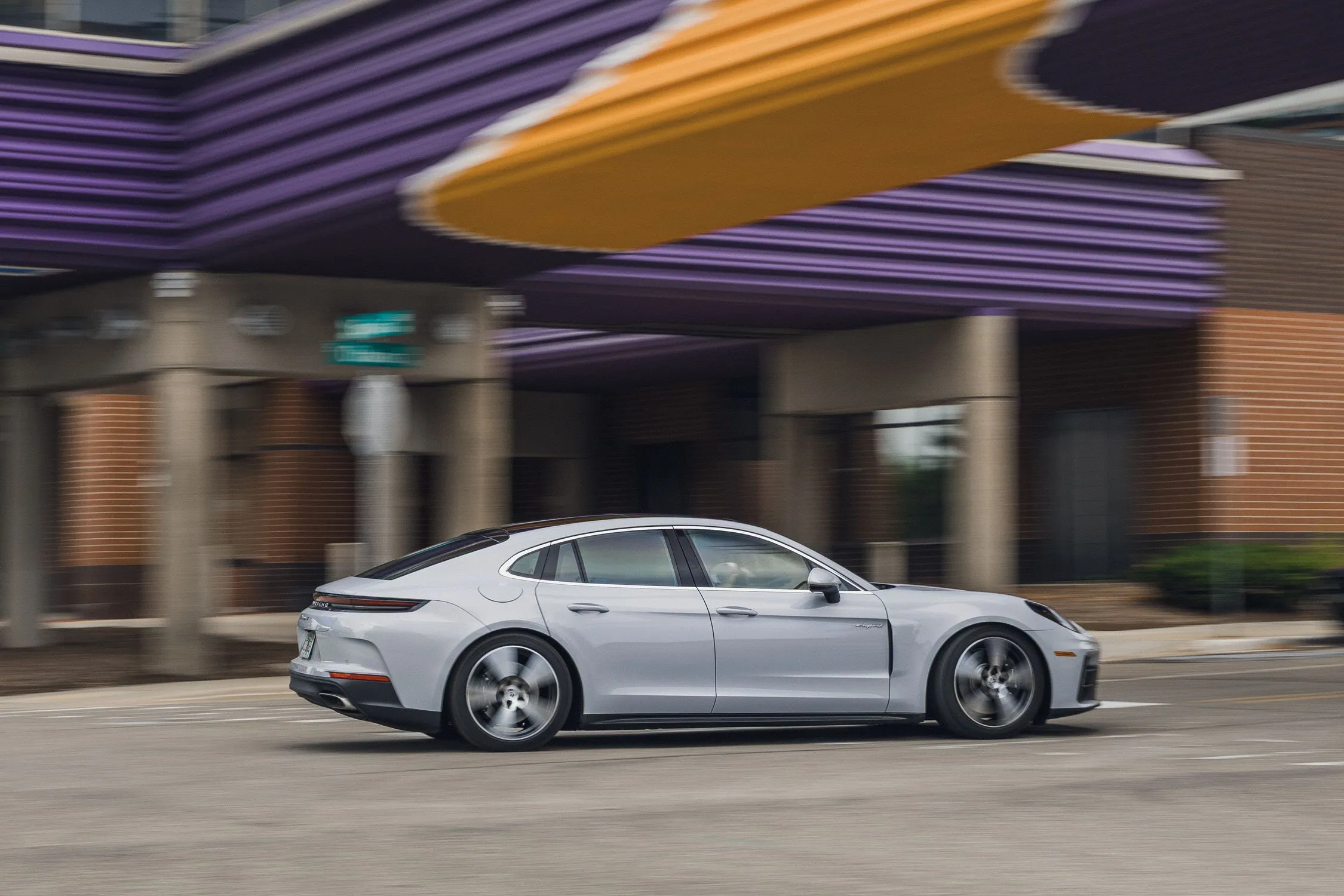

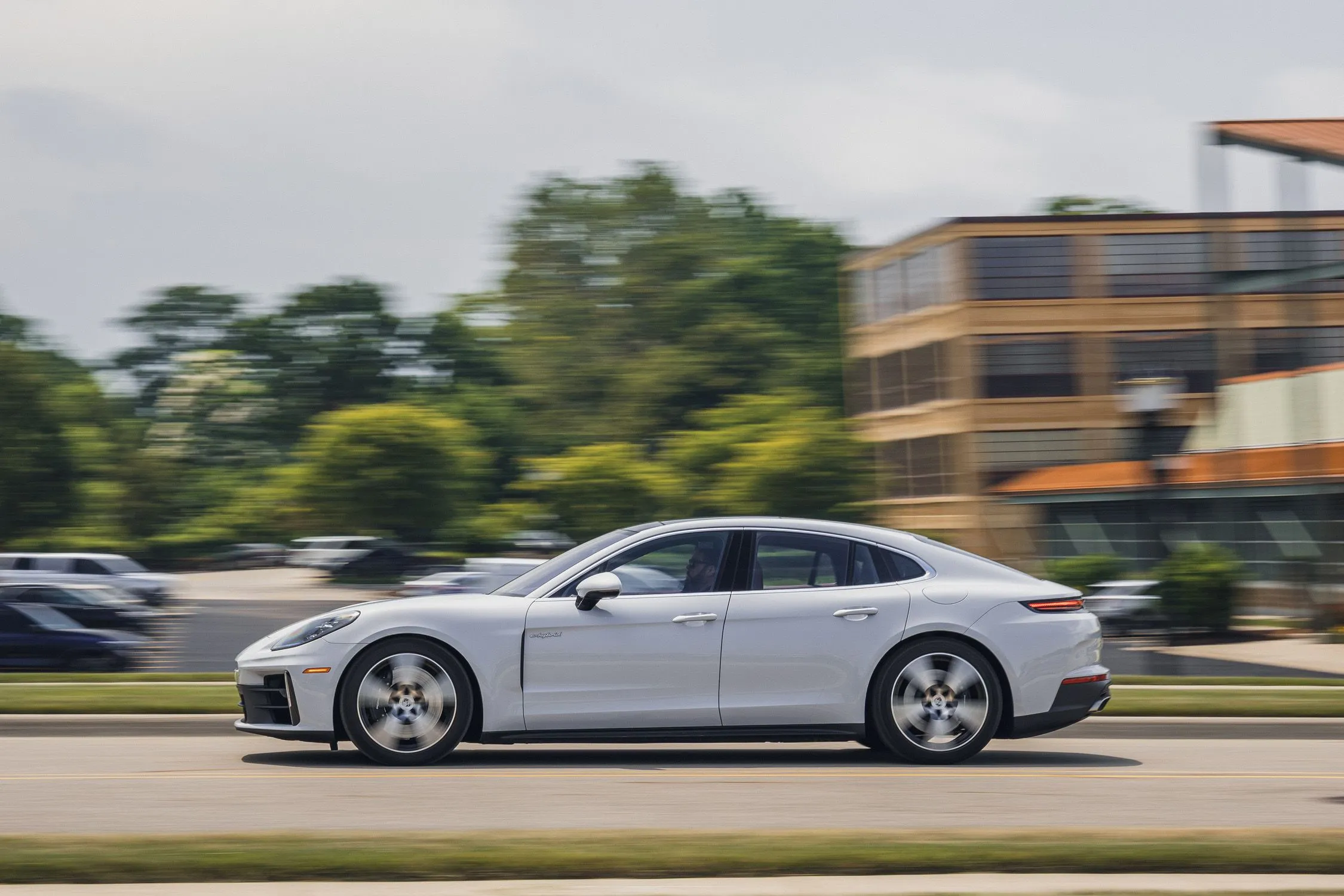
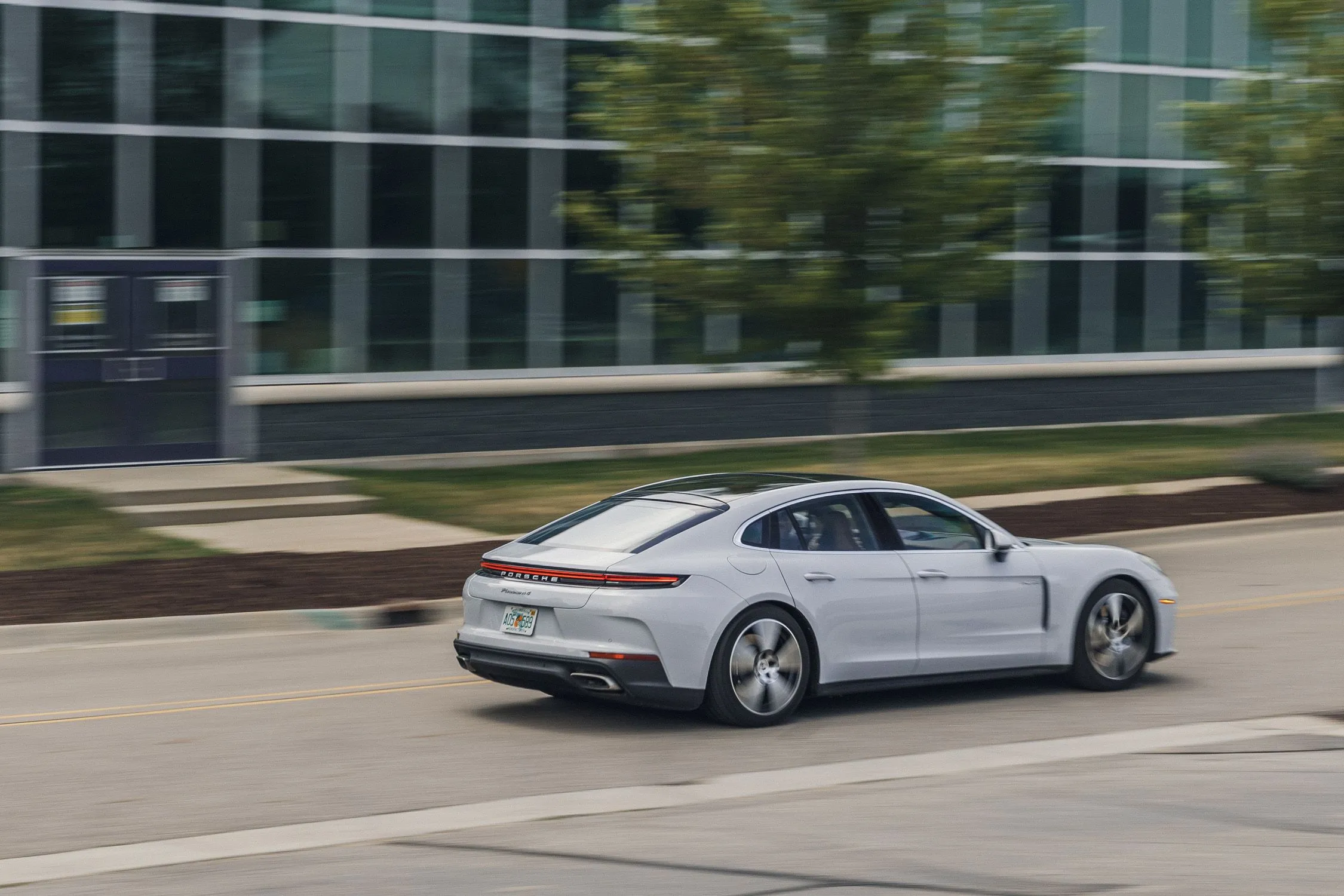
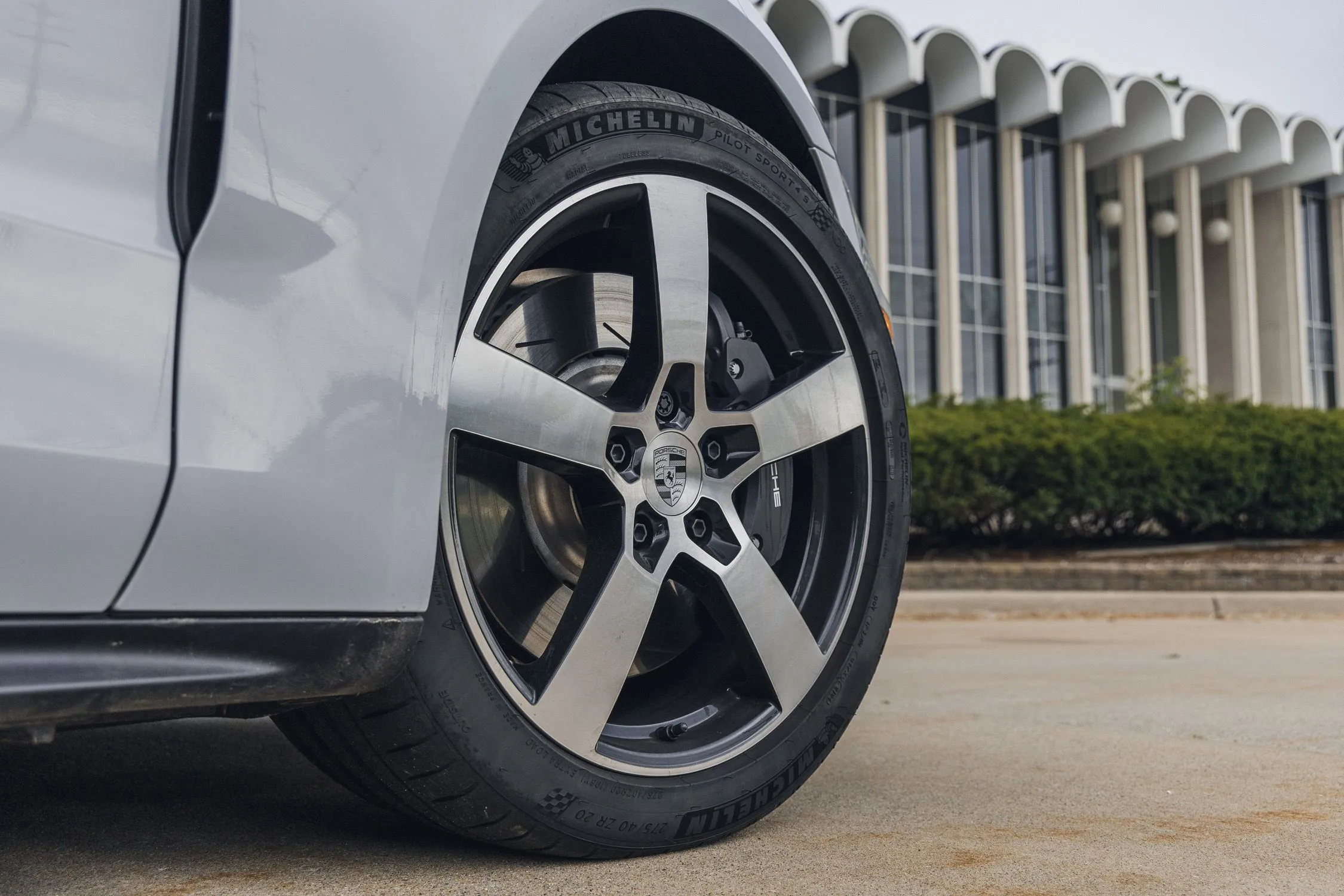
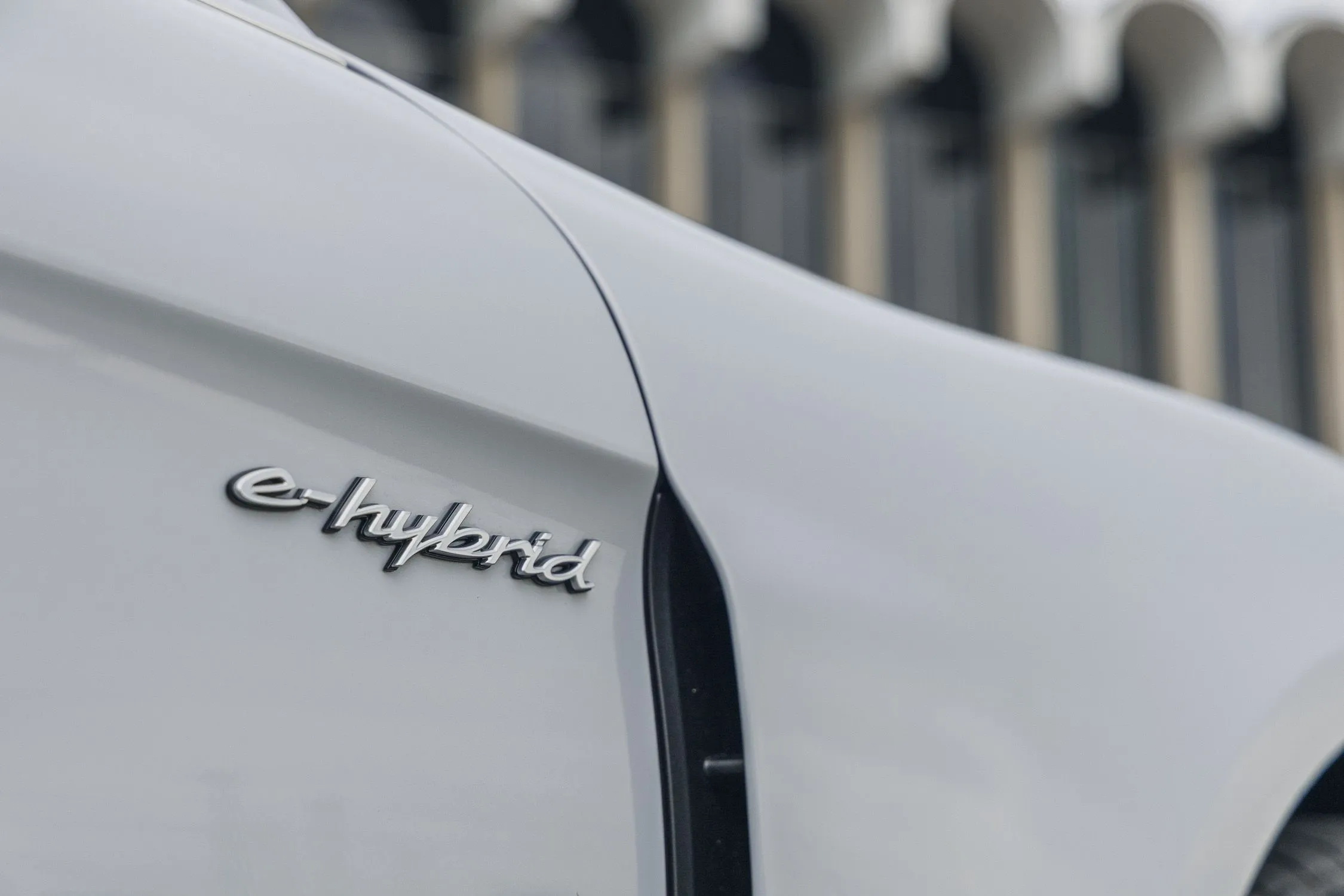
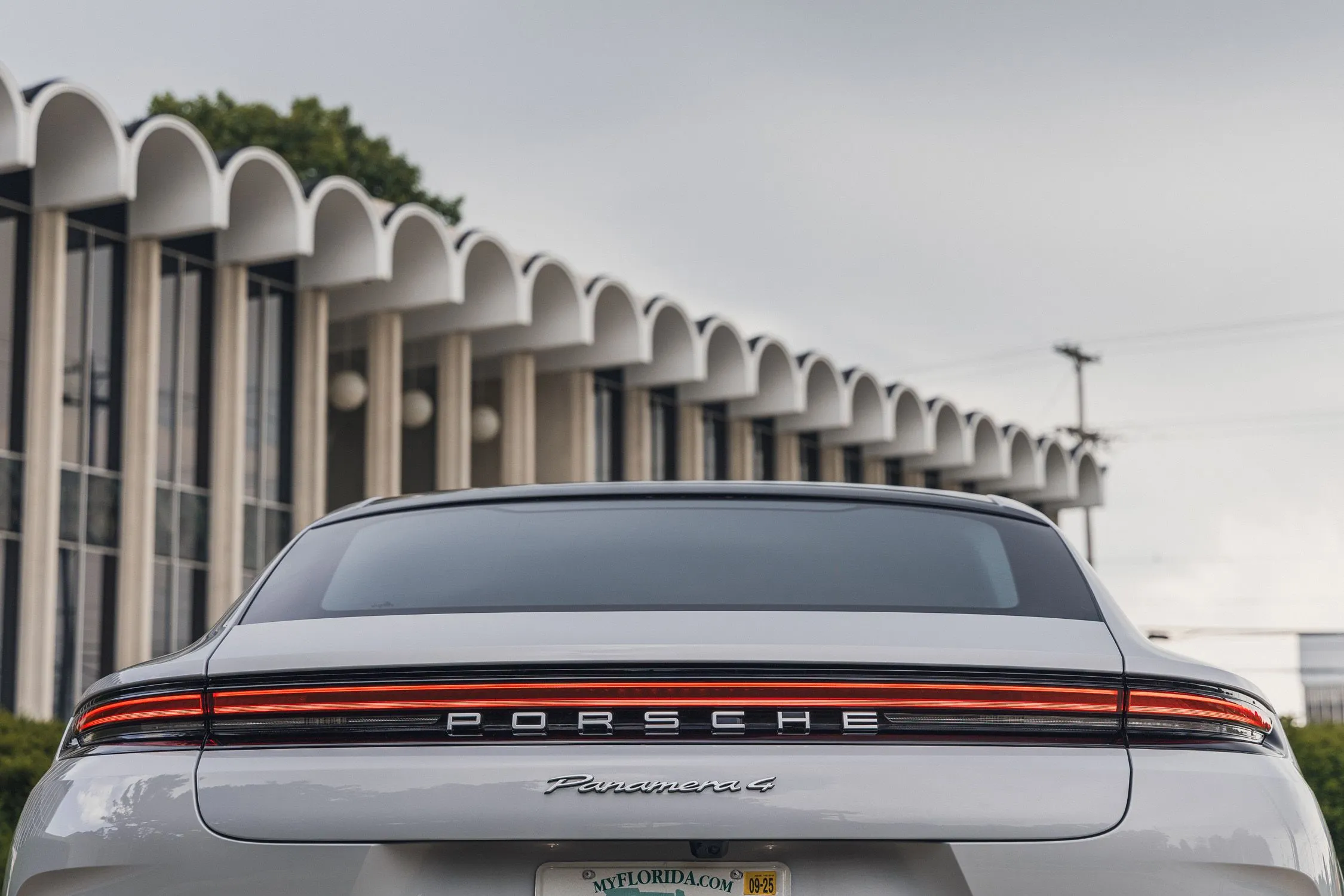
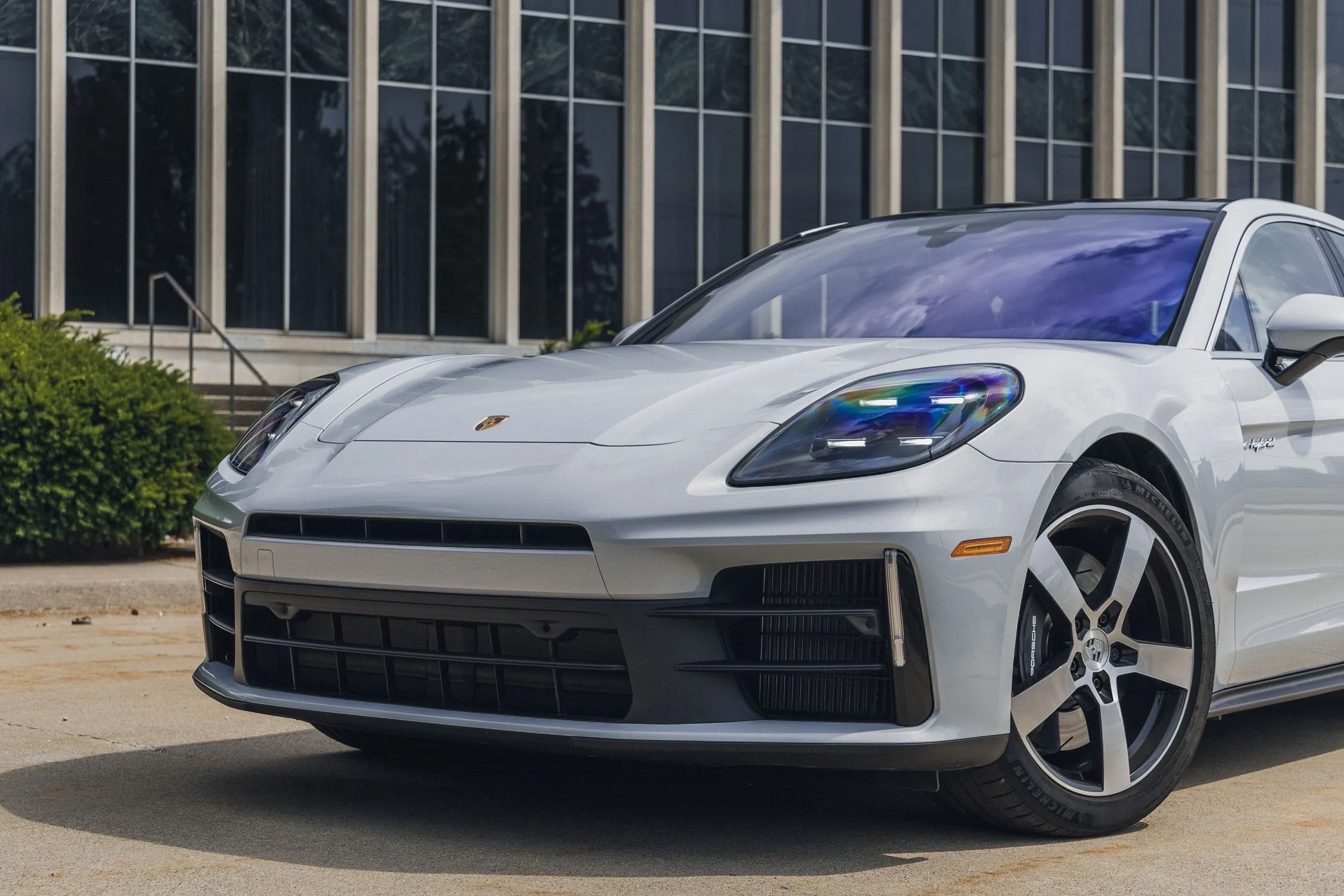
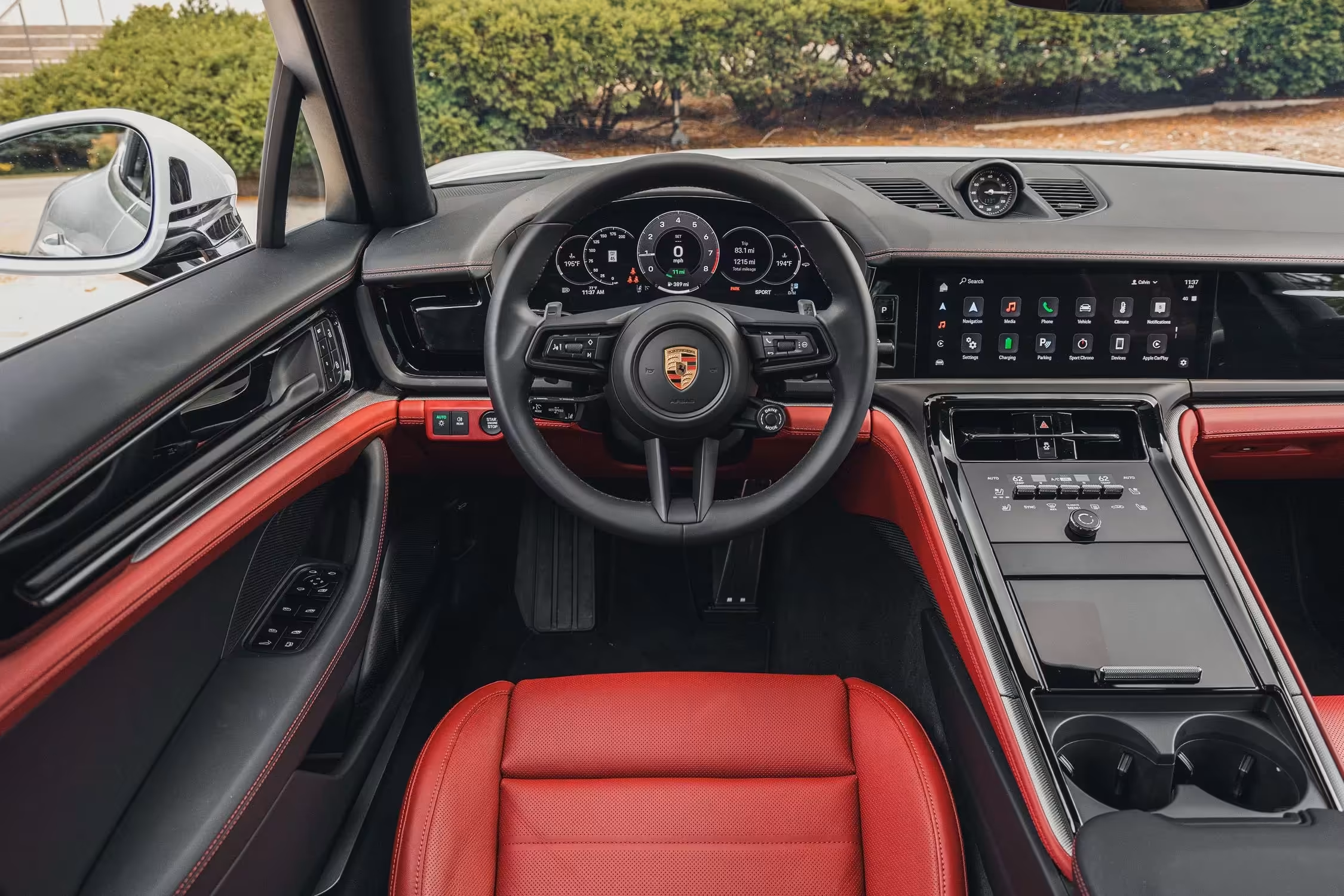

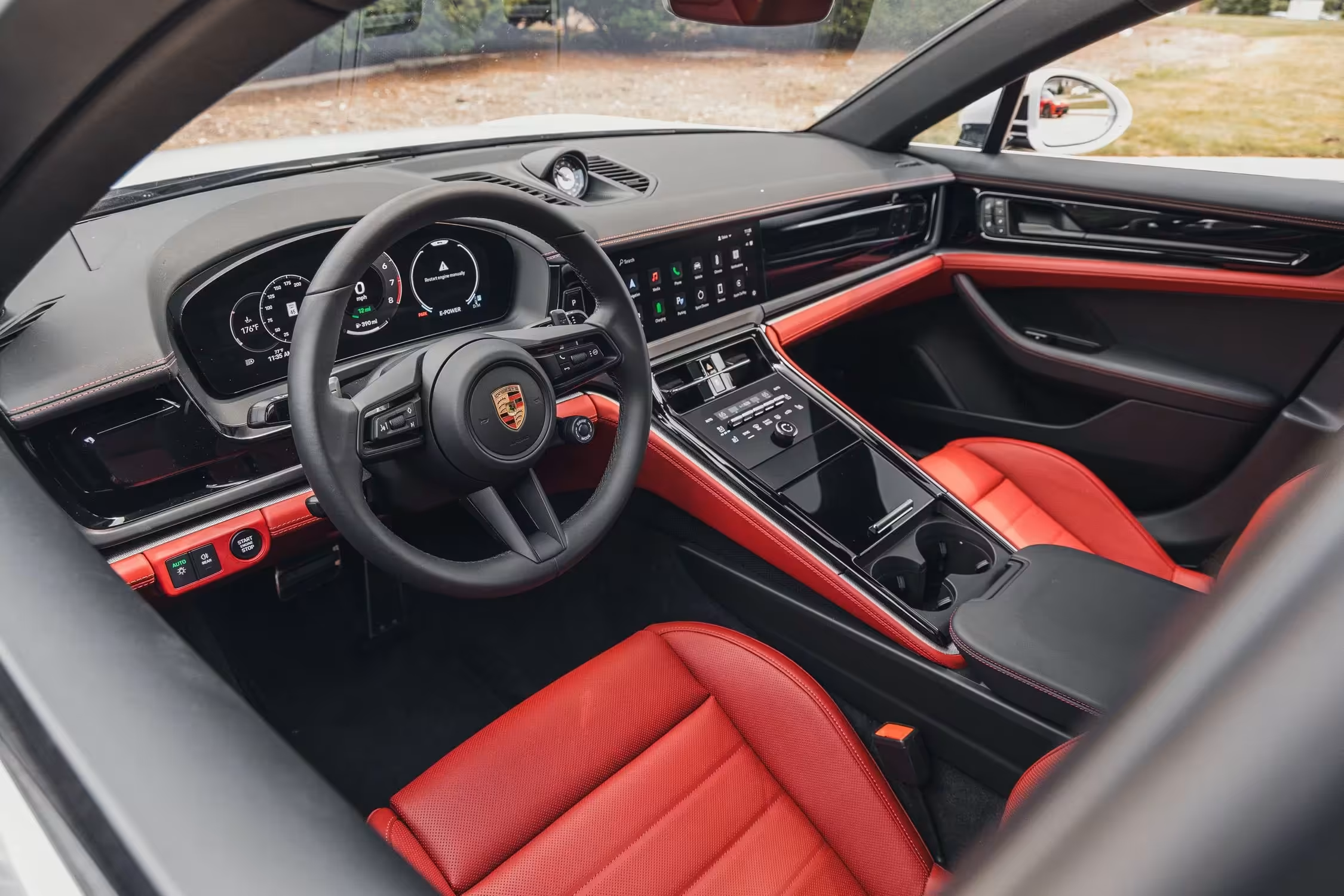

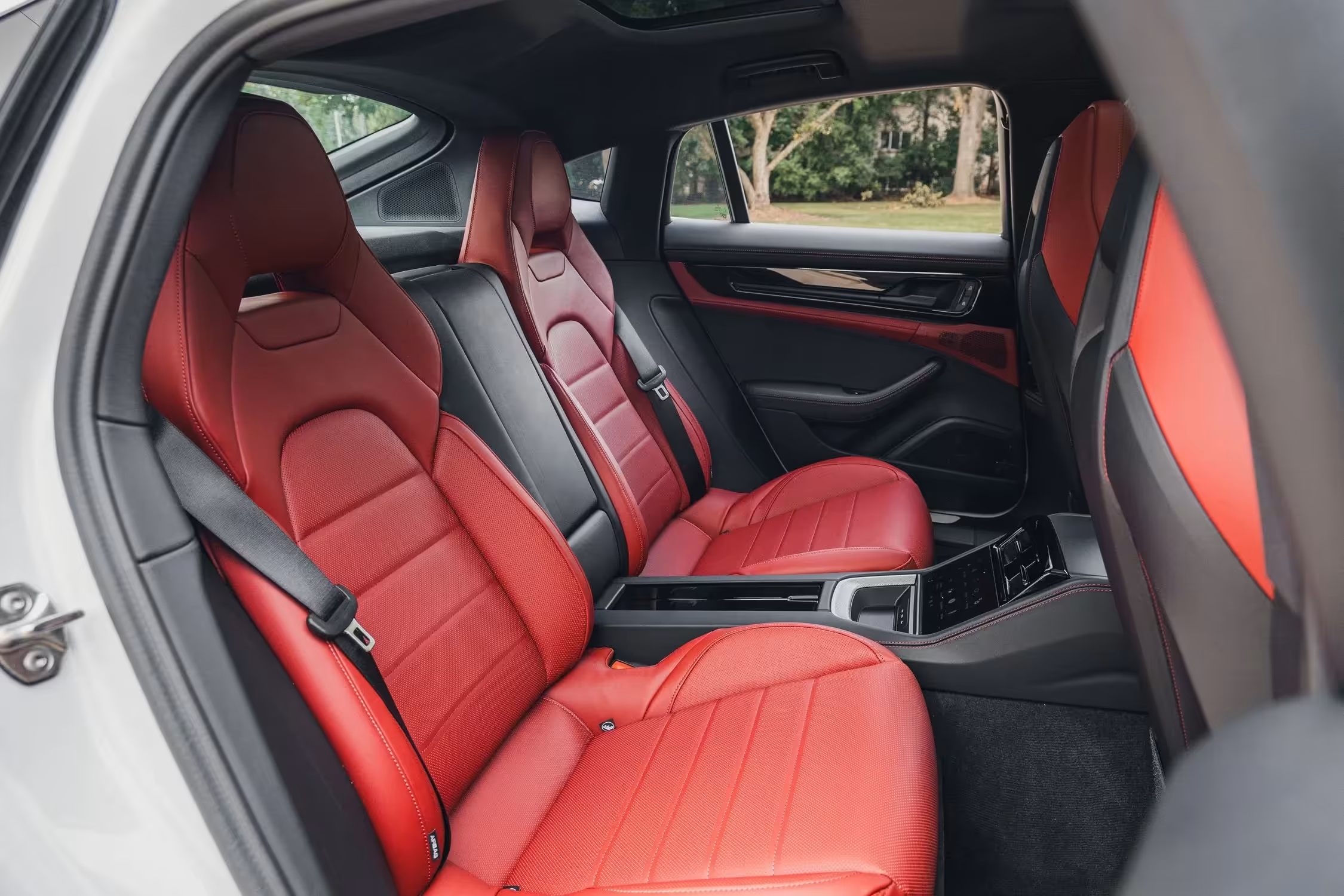
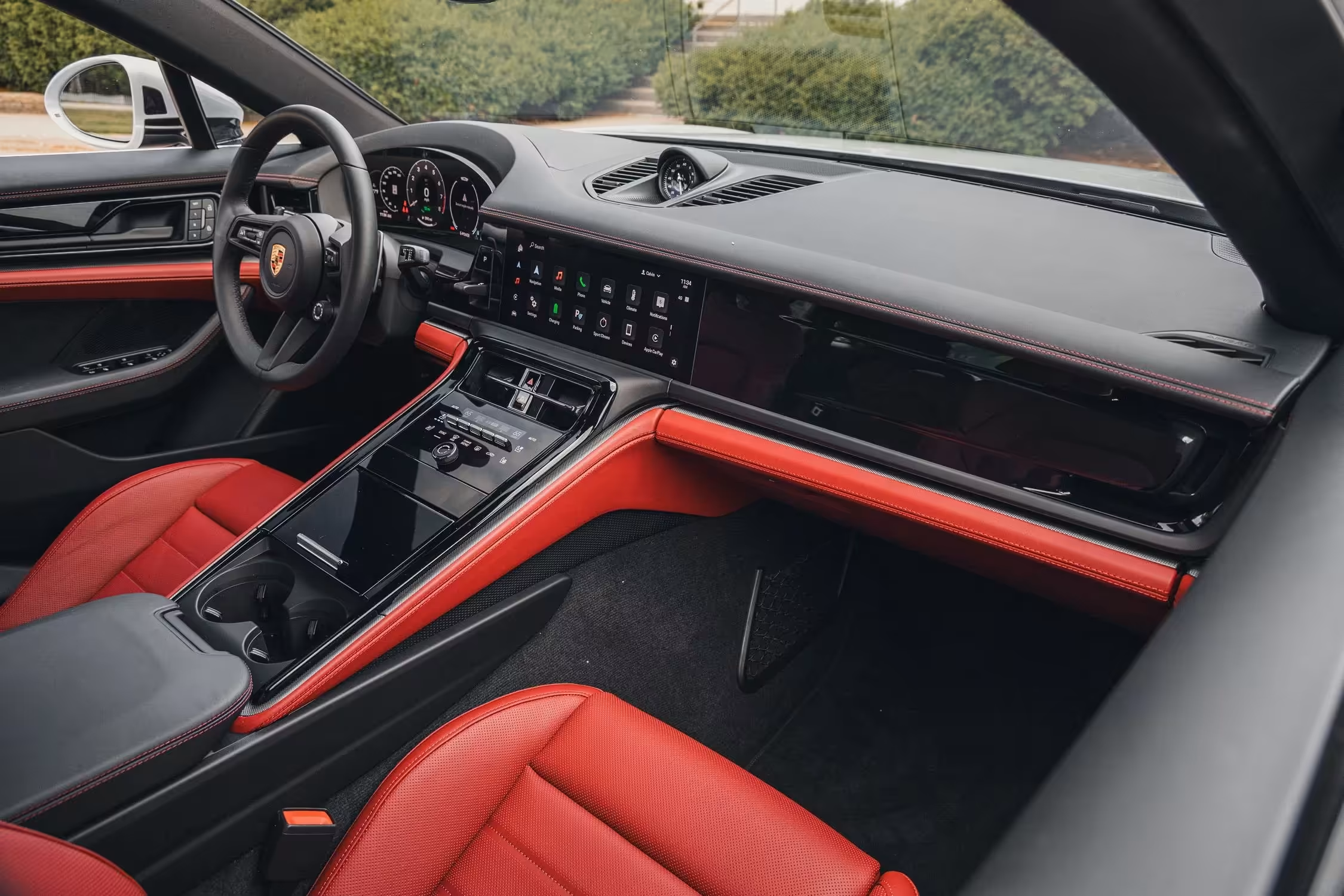
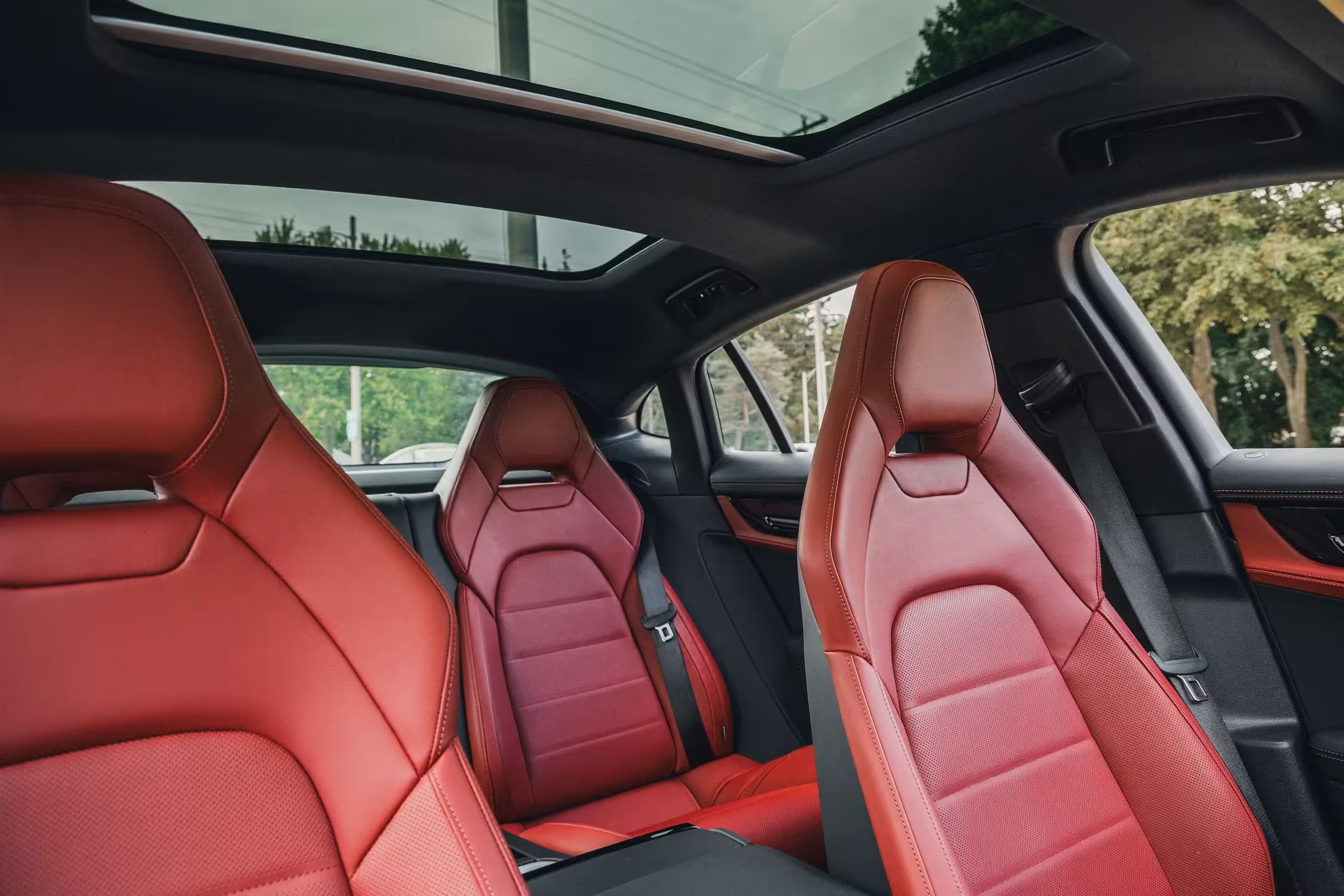
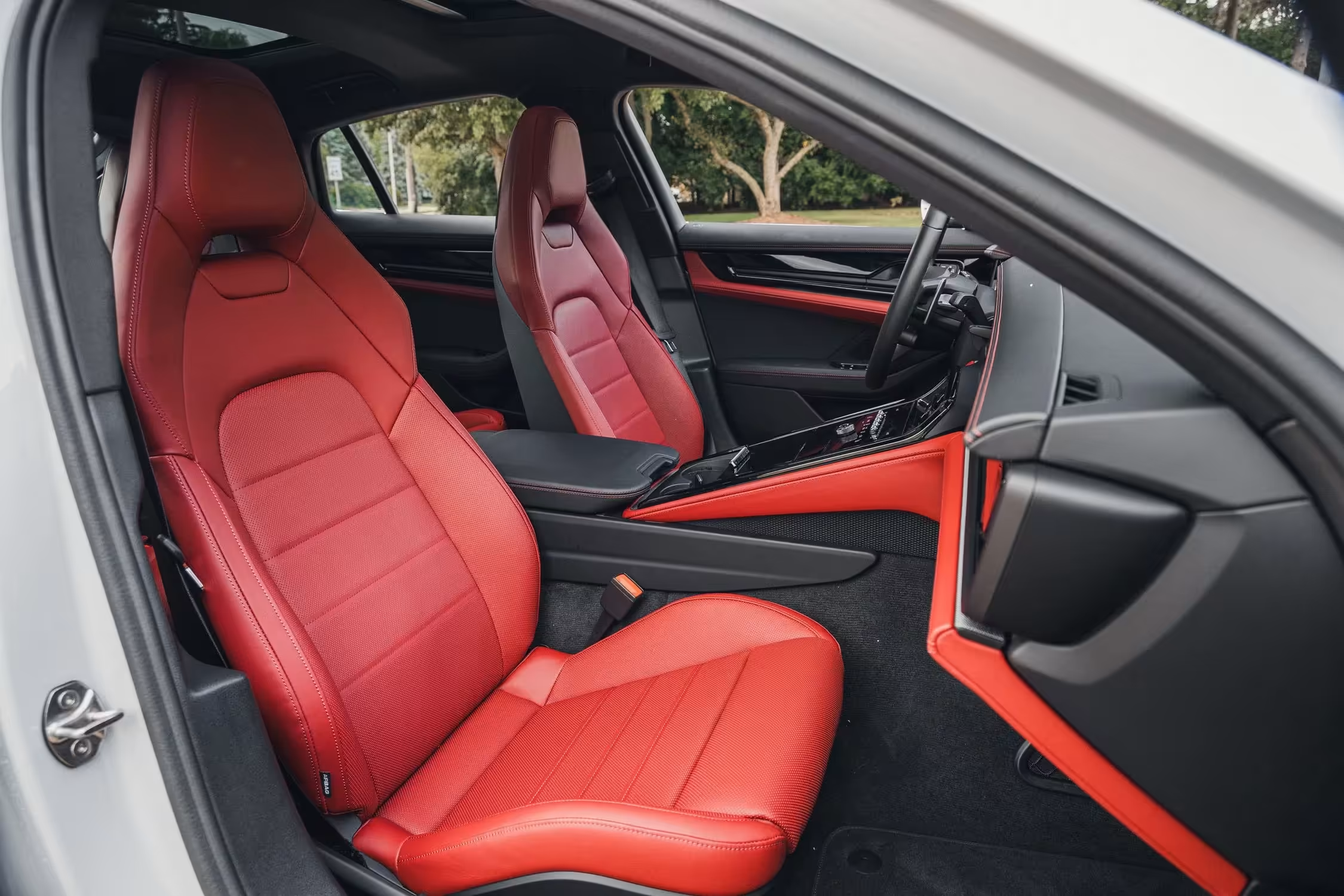
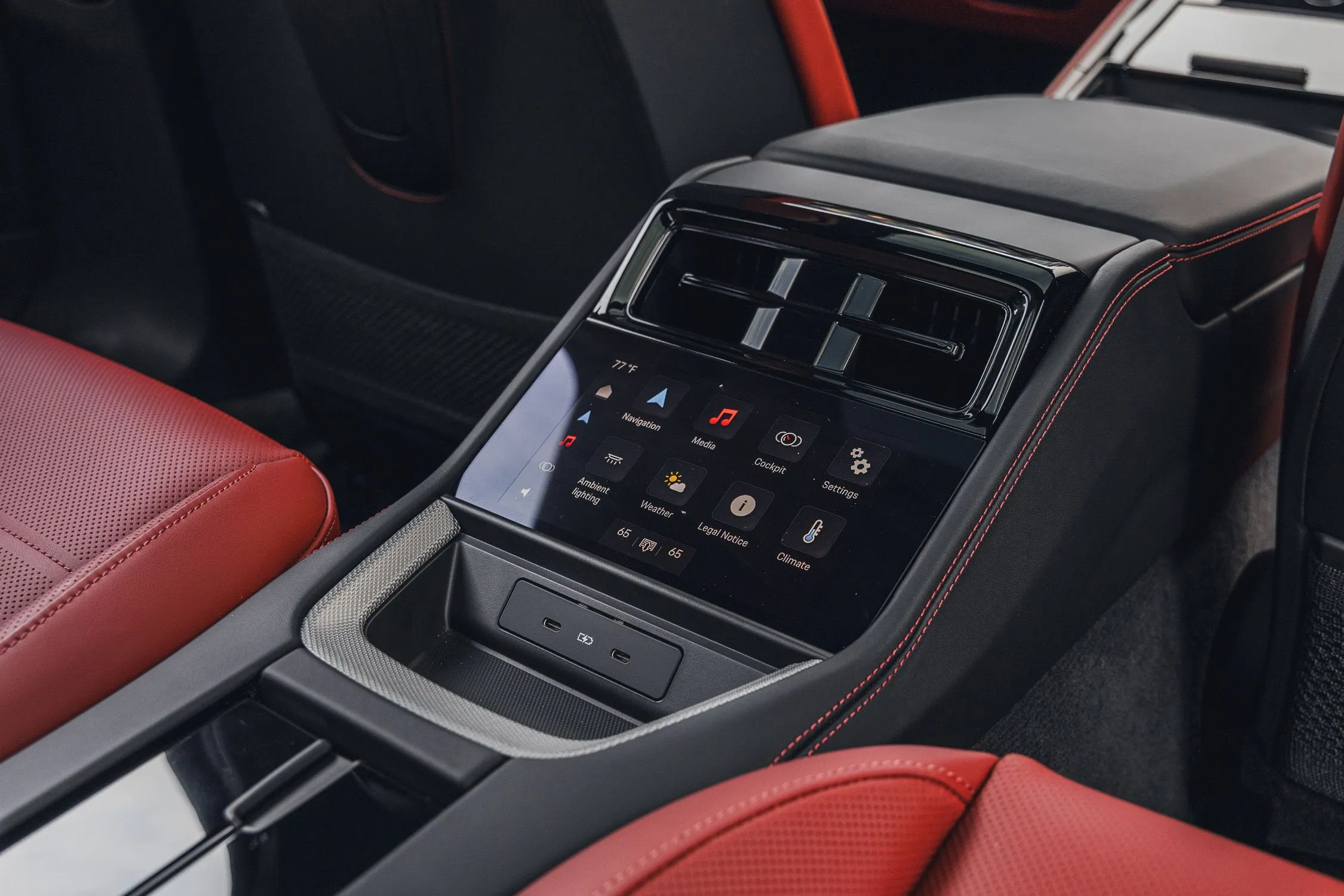
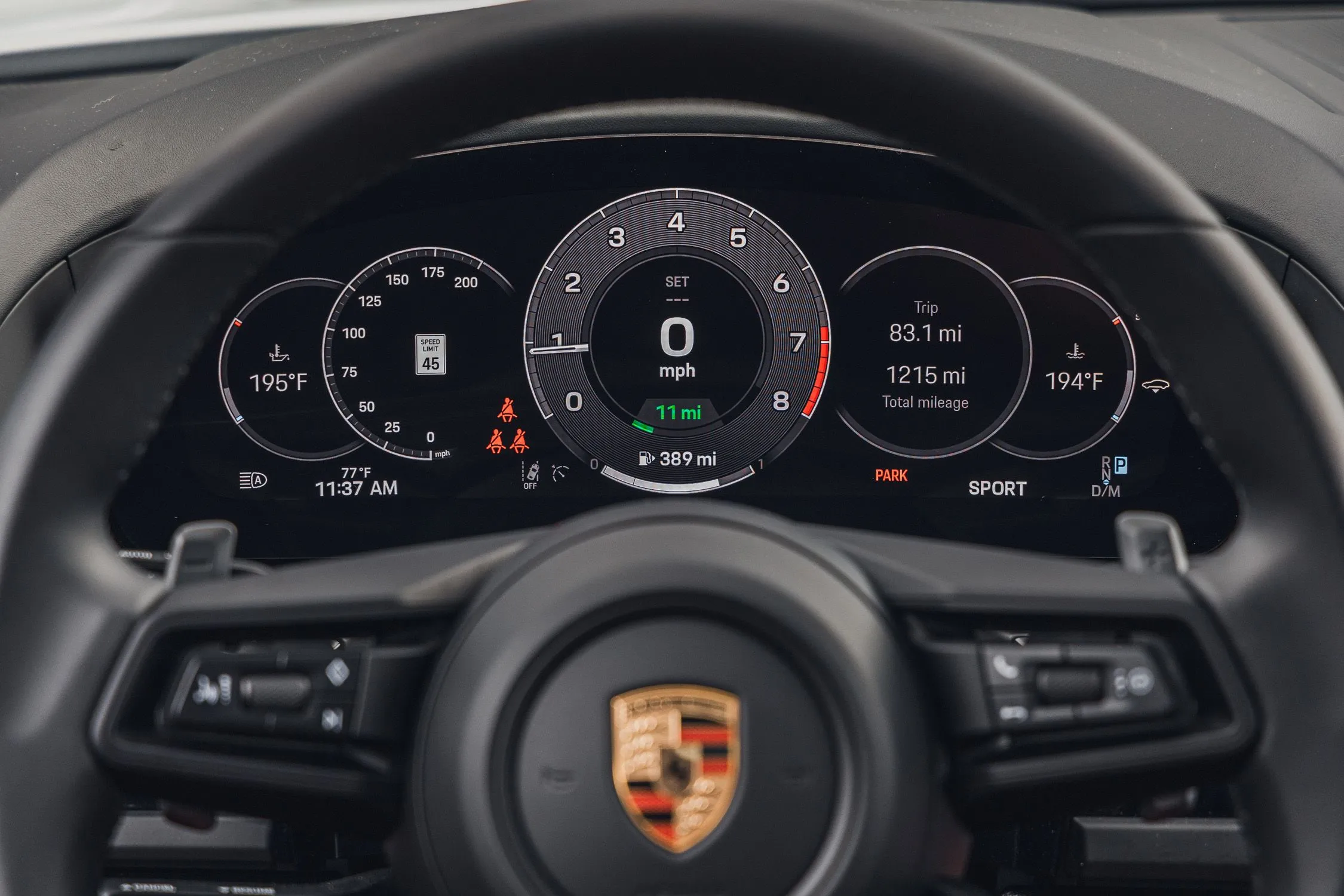
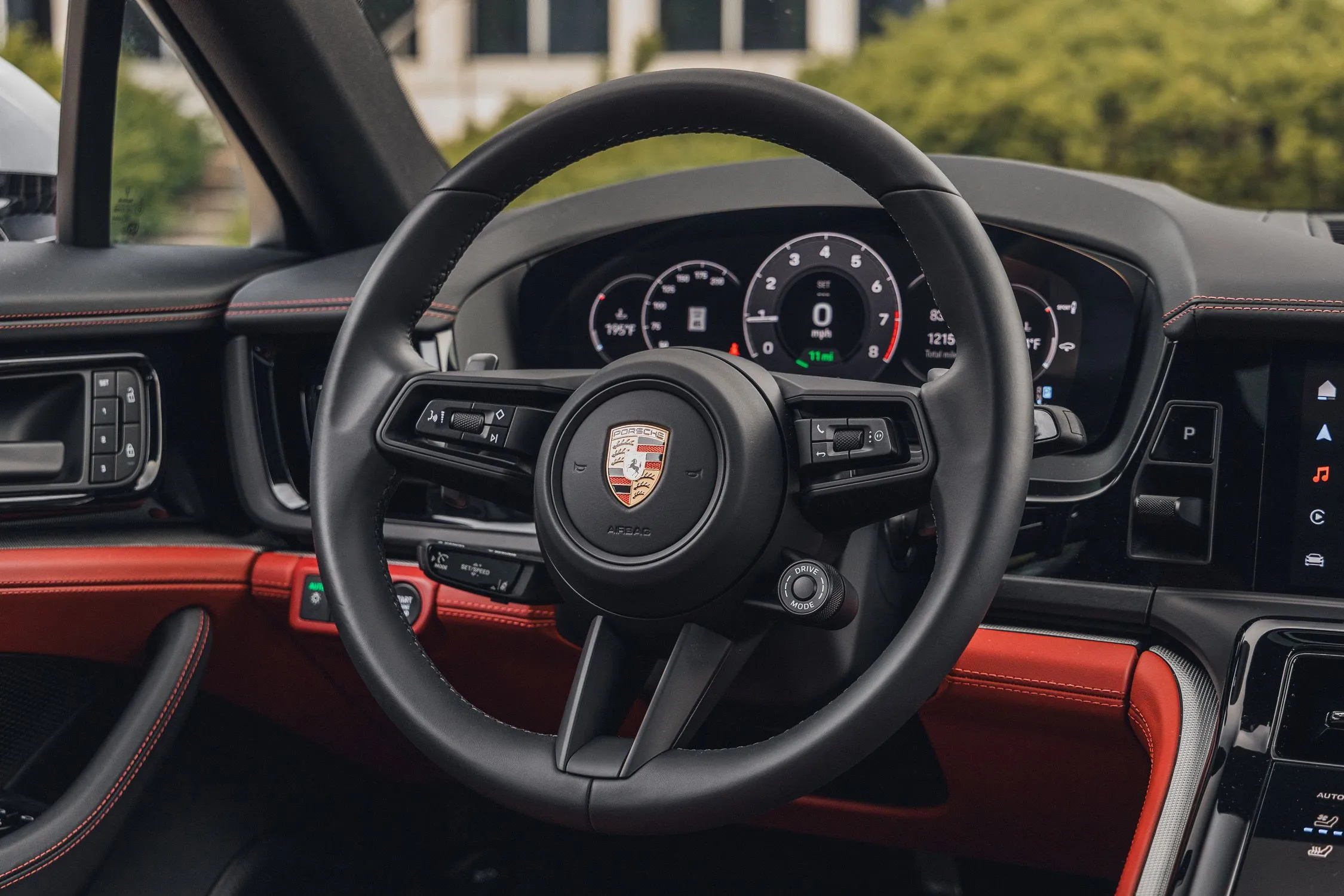

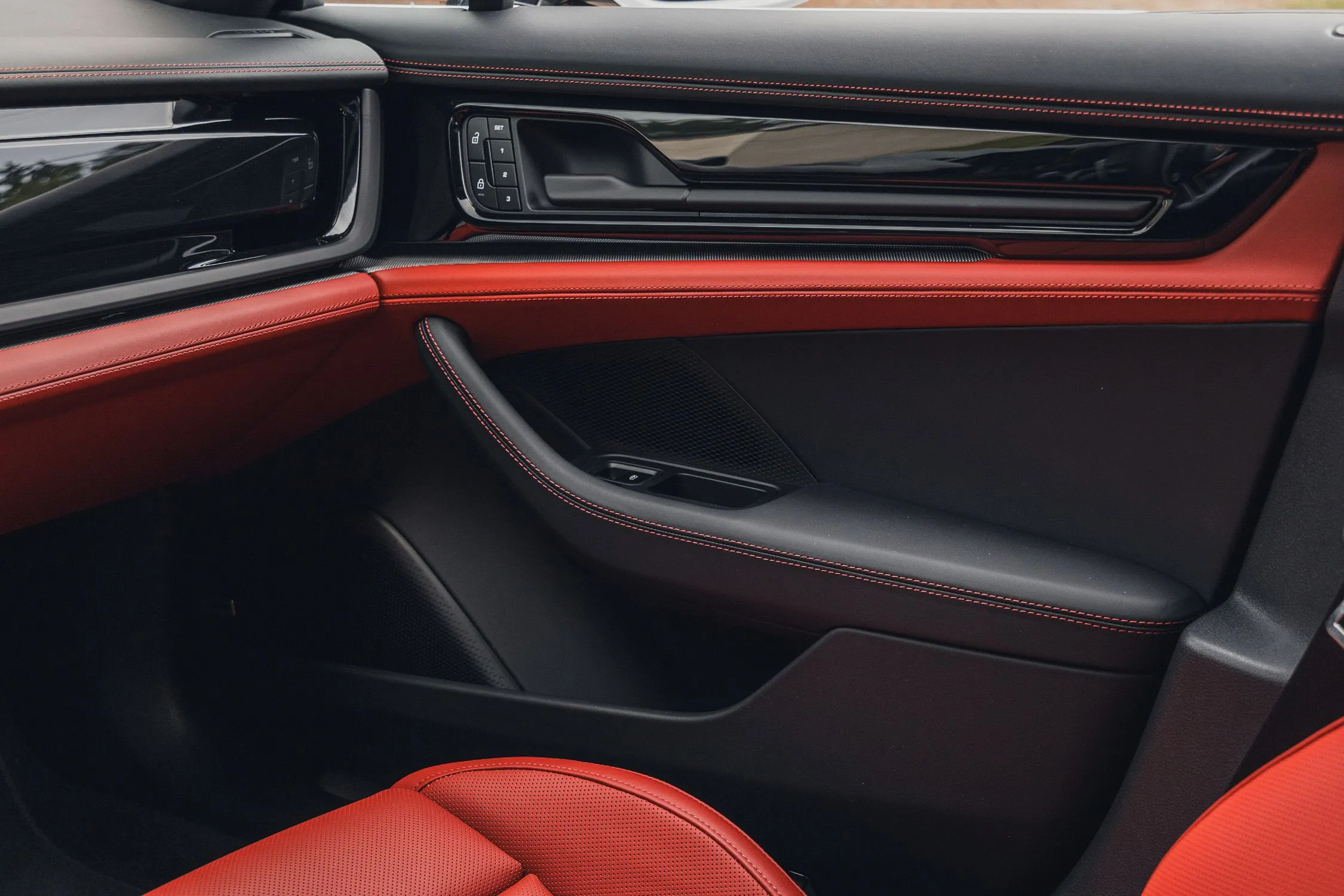
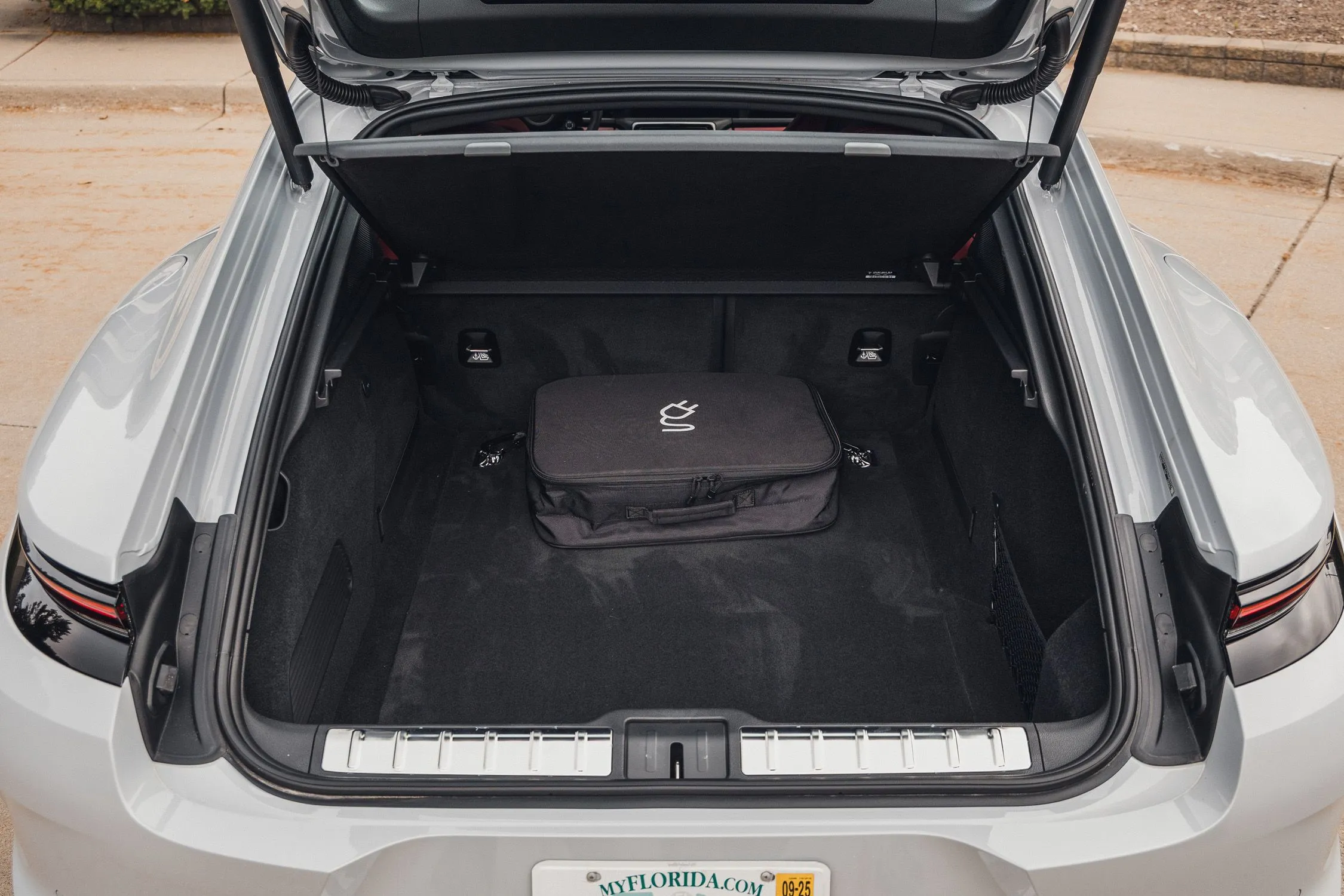
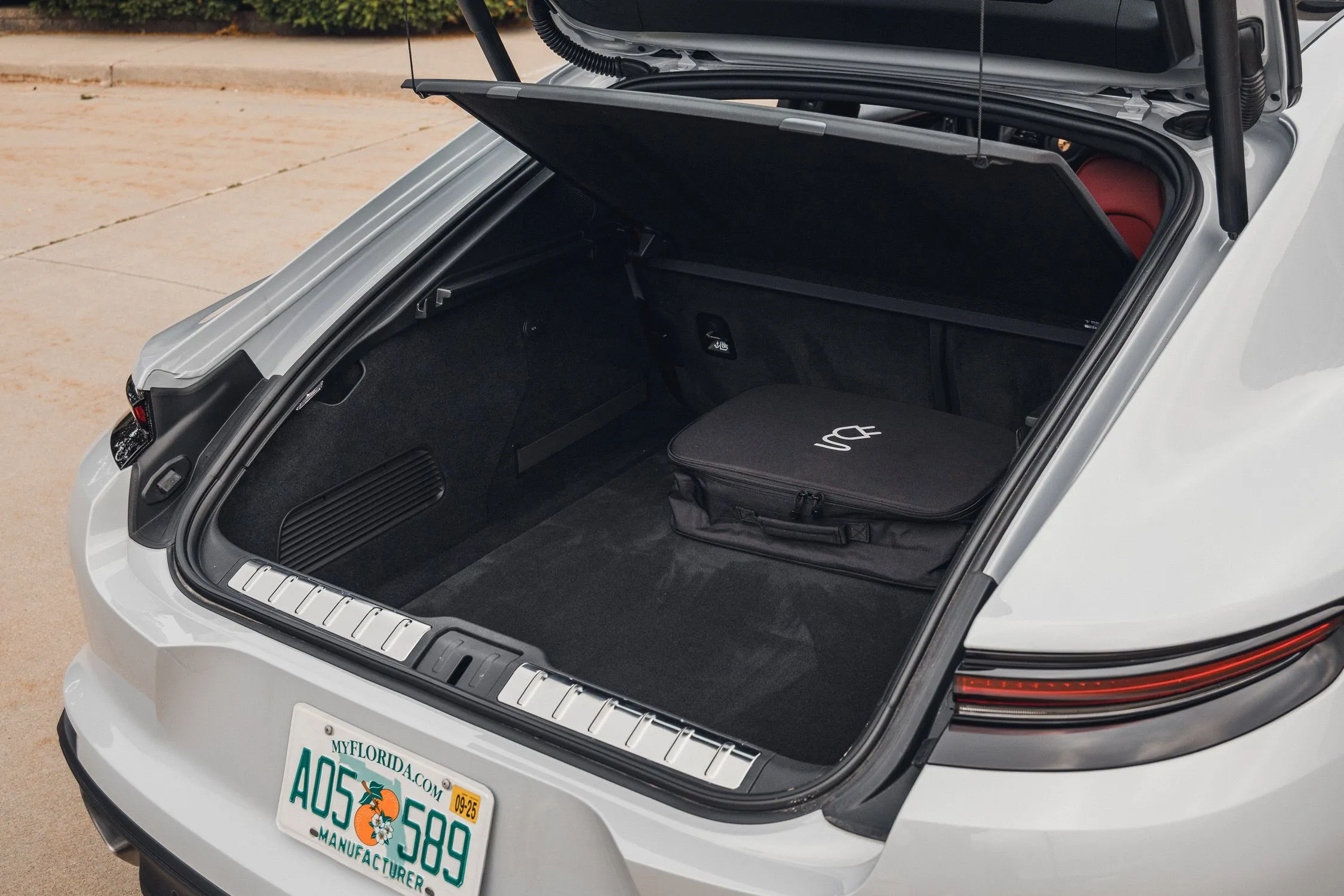
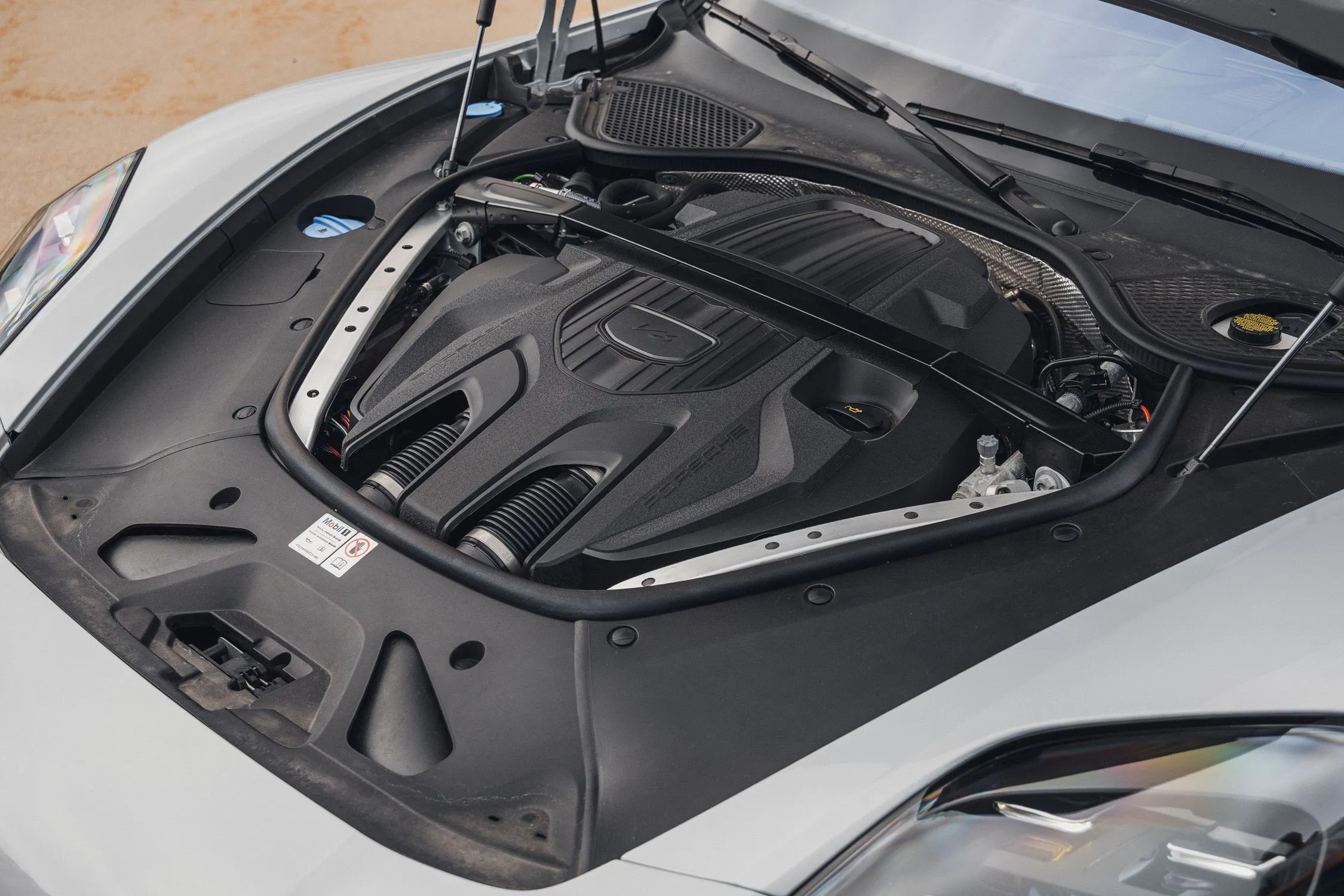


Author: Fabio Isidoro
Fabio Isidoro is the founder and editor-in-chief of Canal Carro, where he has been writing about the automotive world since 2022. Passionate about cars and technology, he began his journey on the HospedandoSites portal and today dedicates himself to creating technical content and comprehensive analyses of national and international vehicles. 📩 Contact: contato@canalcarro.net.br

